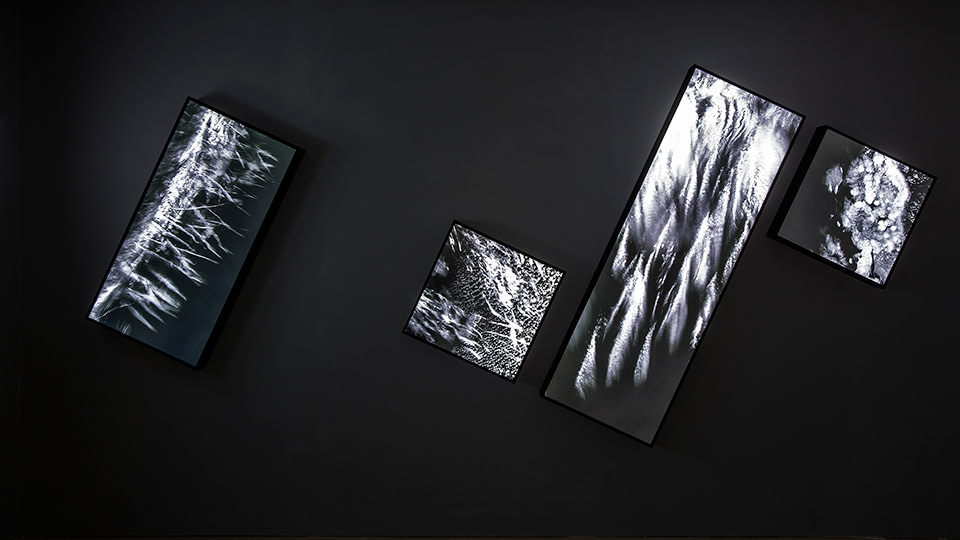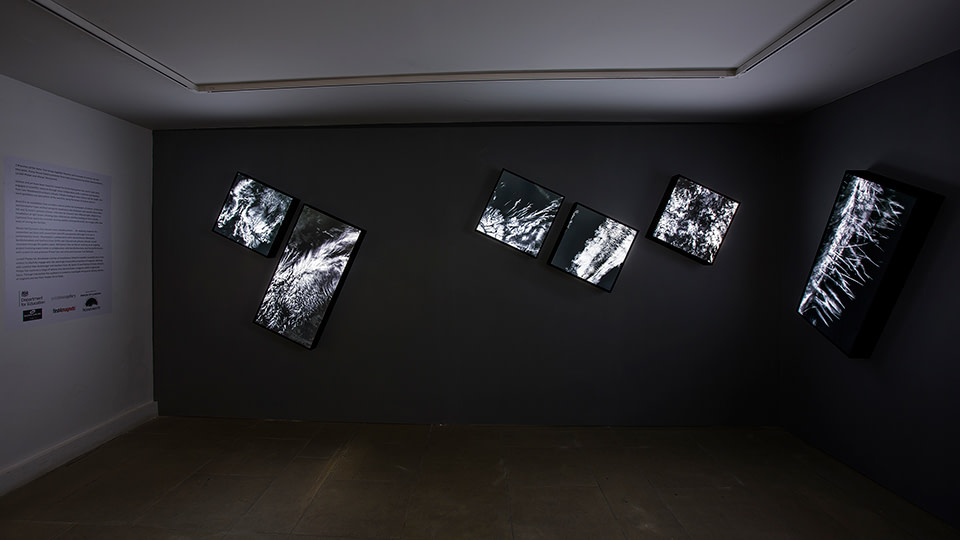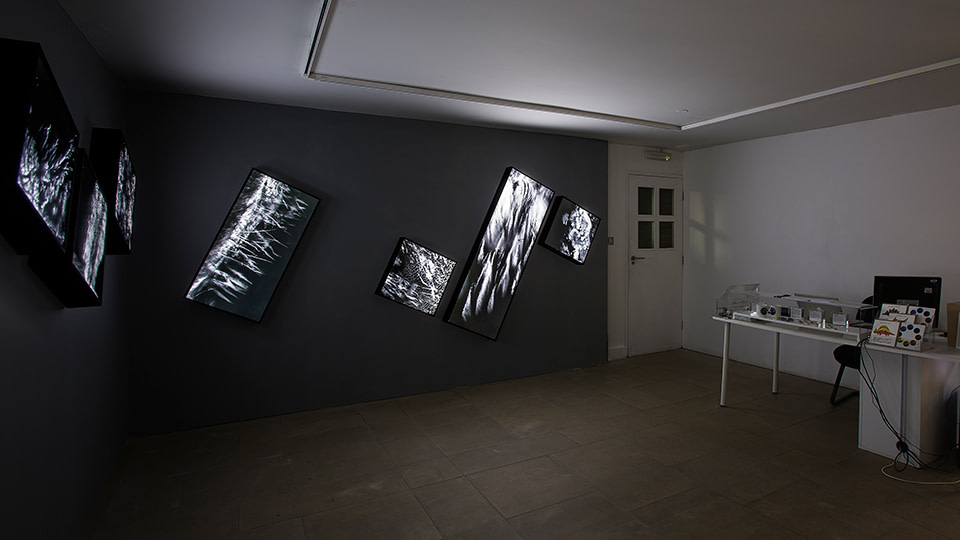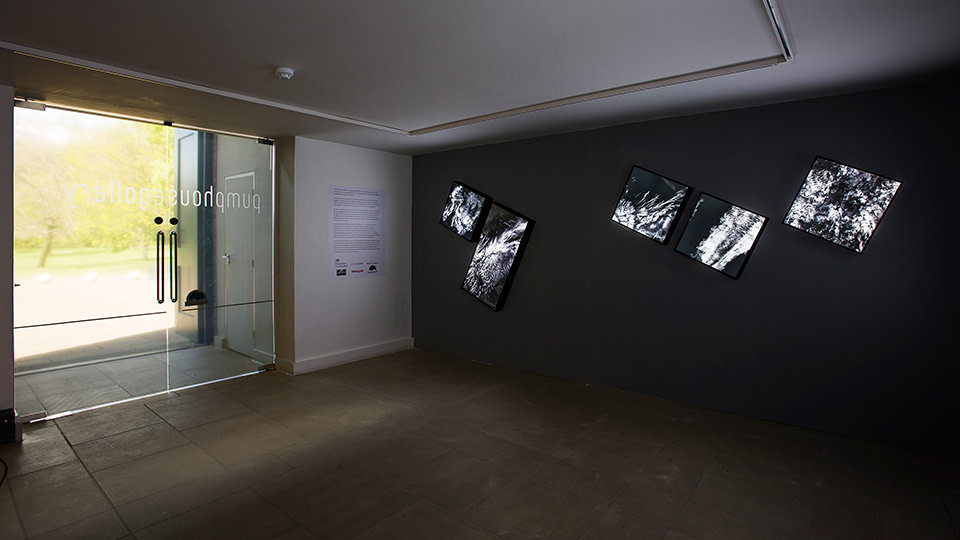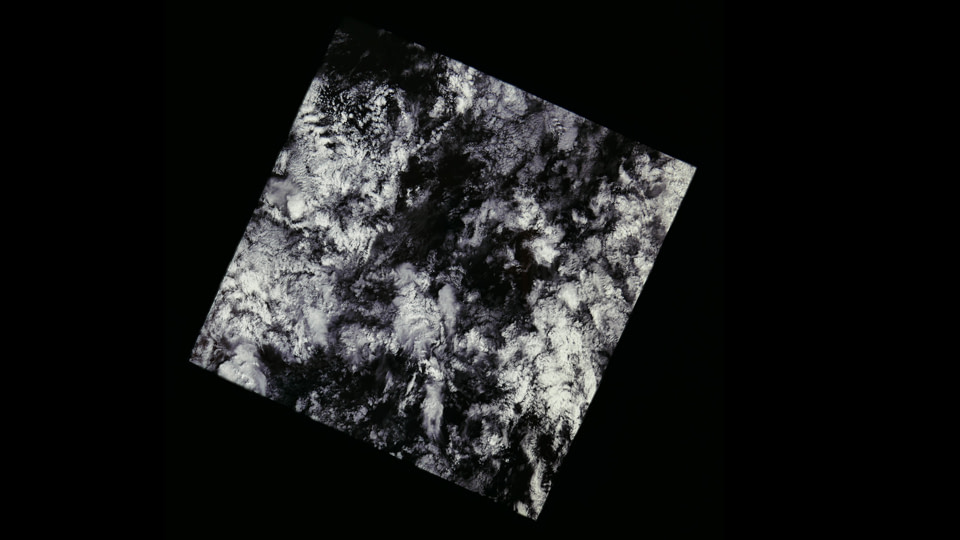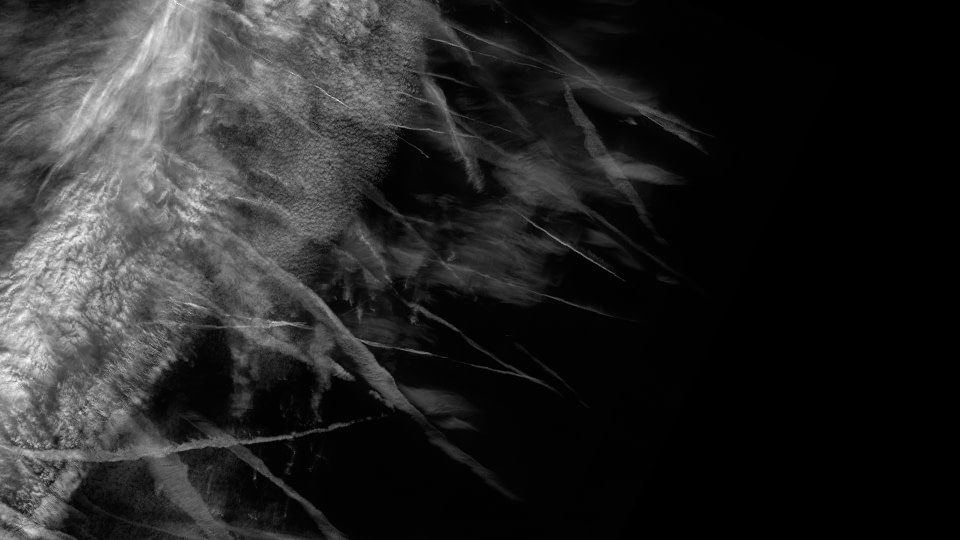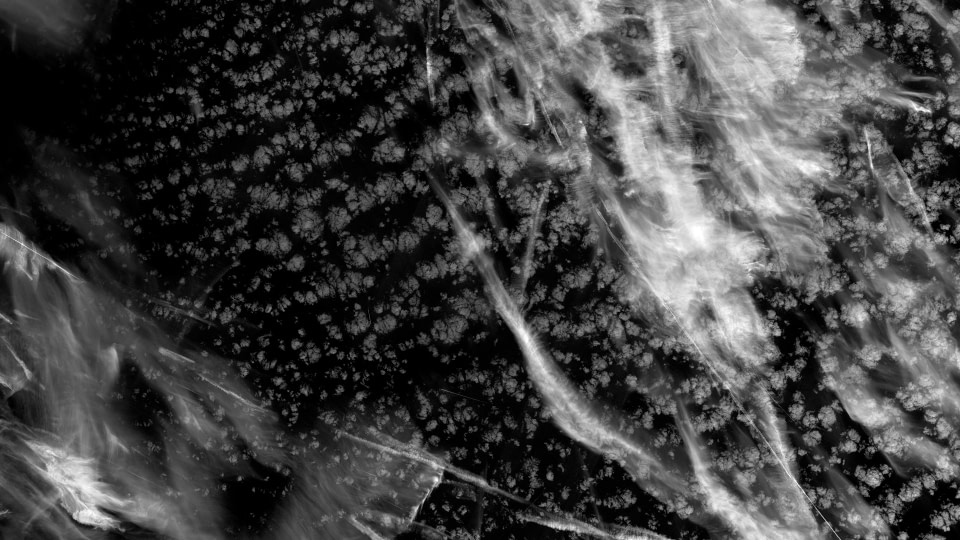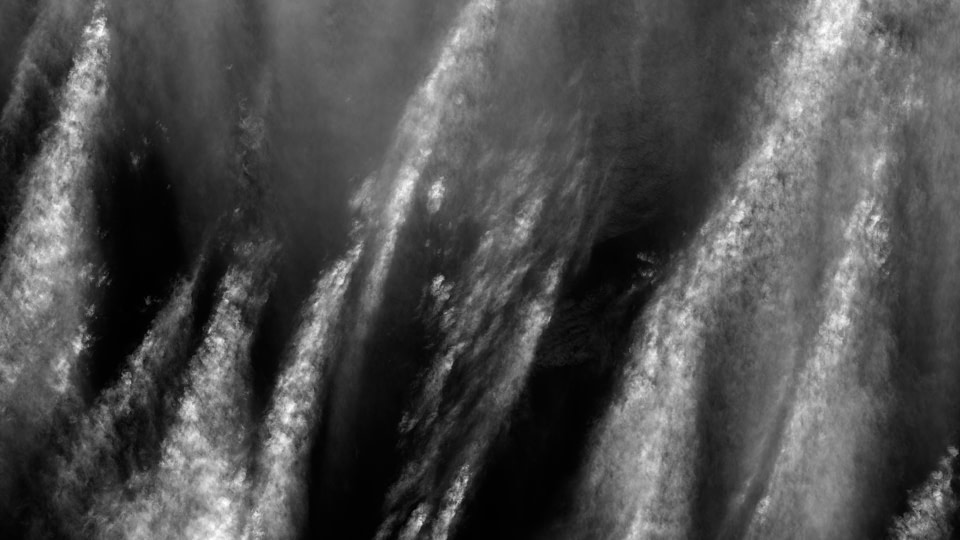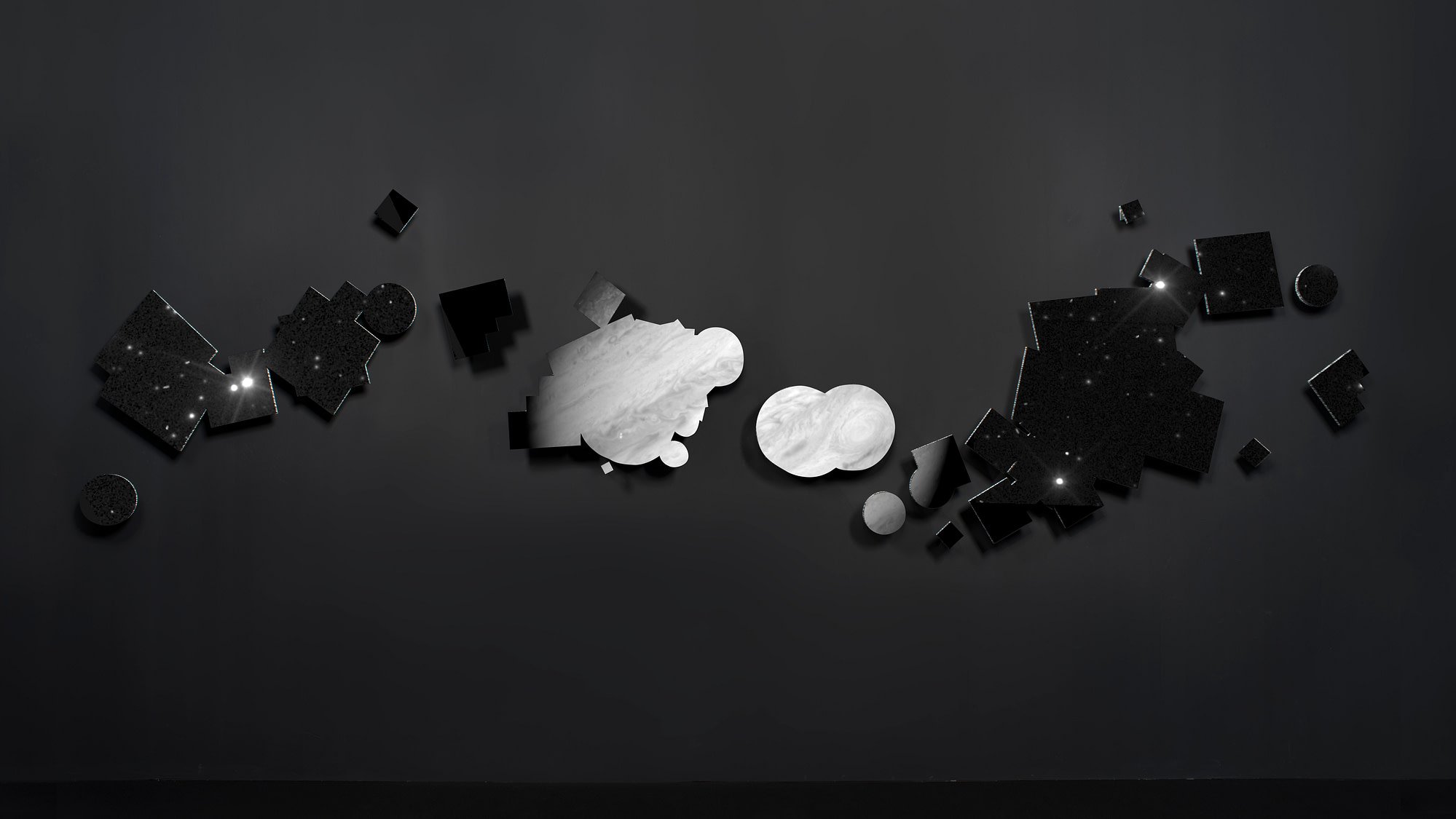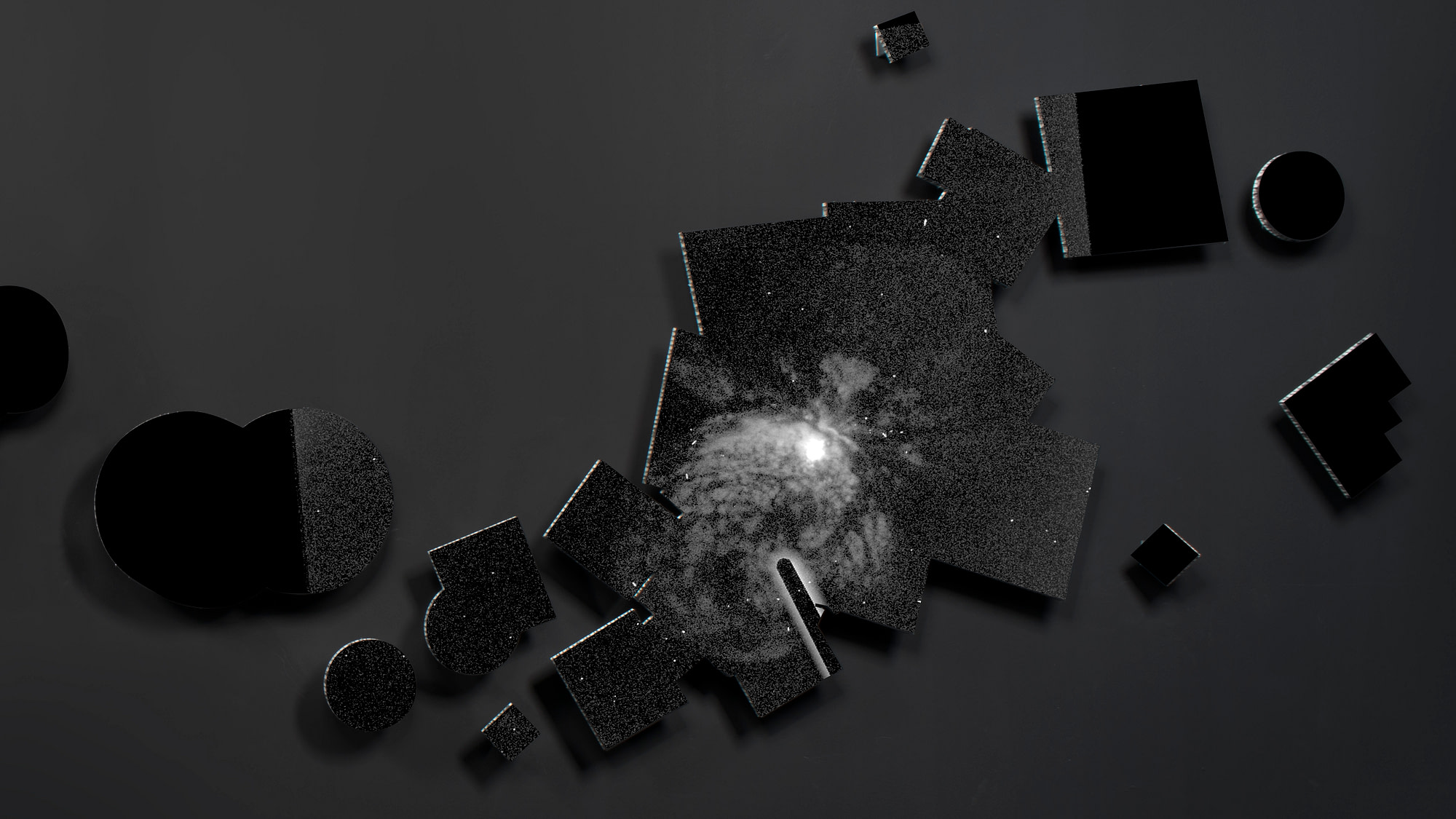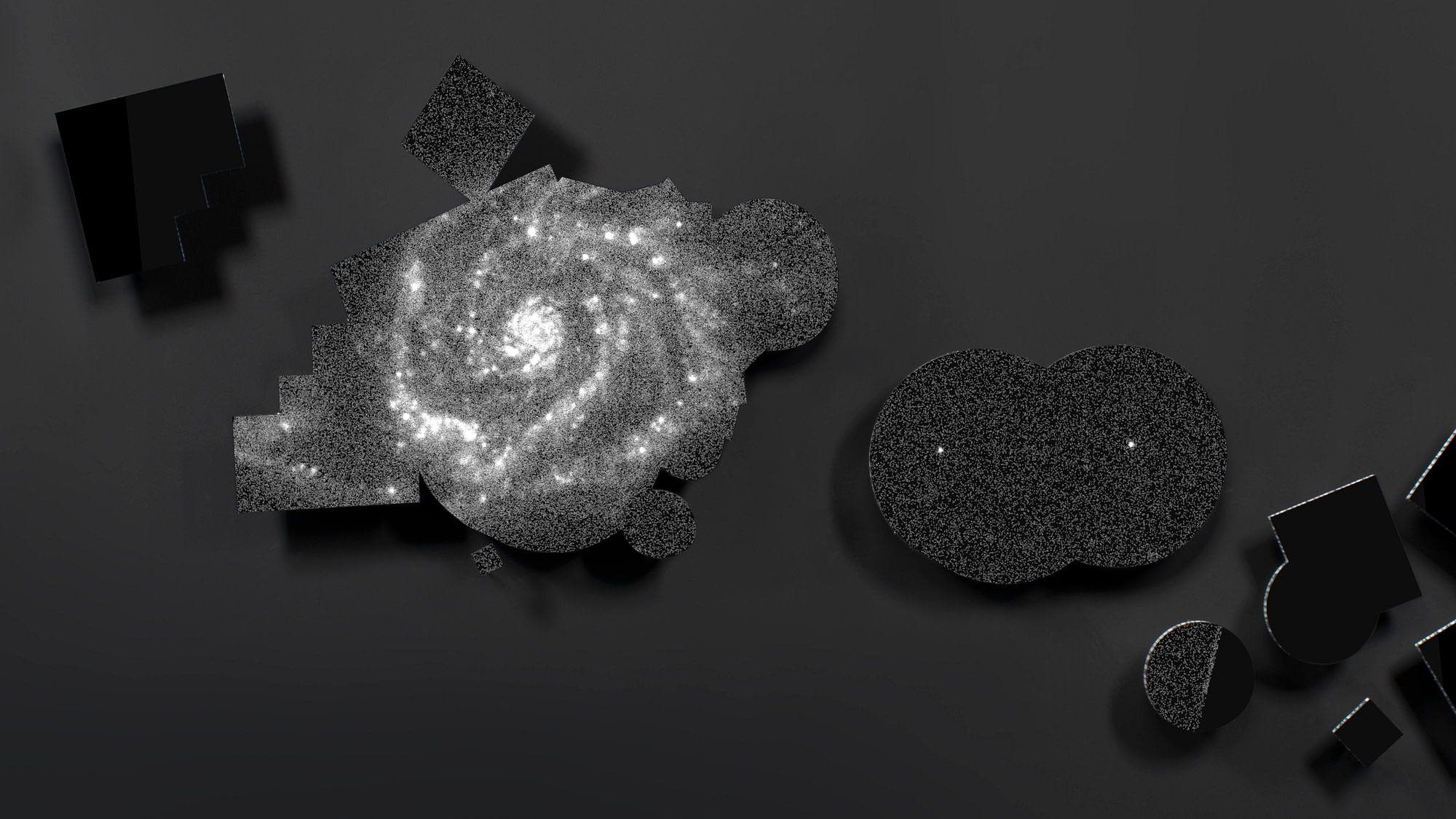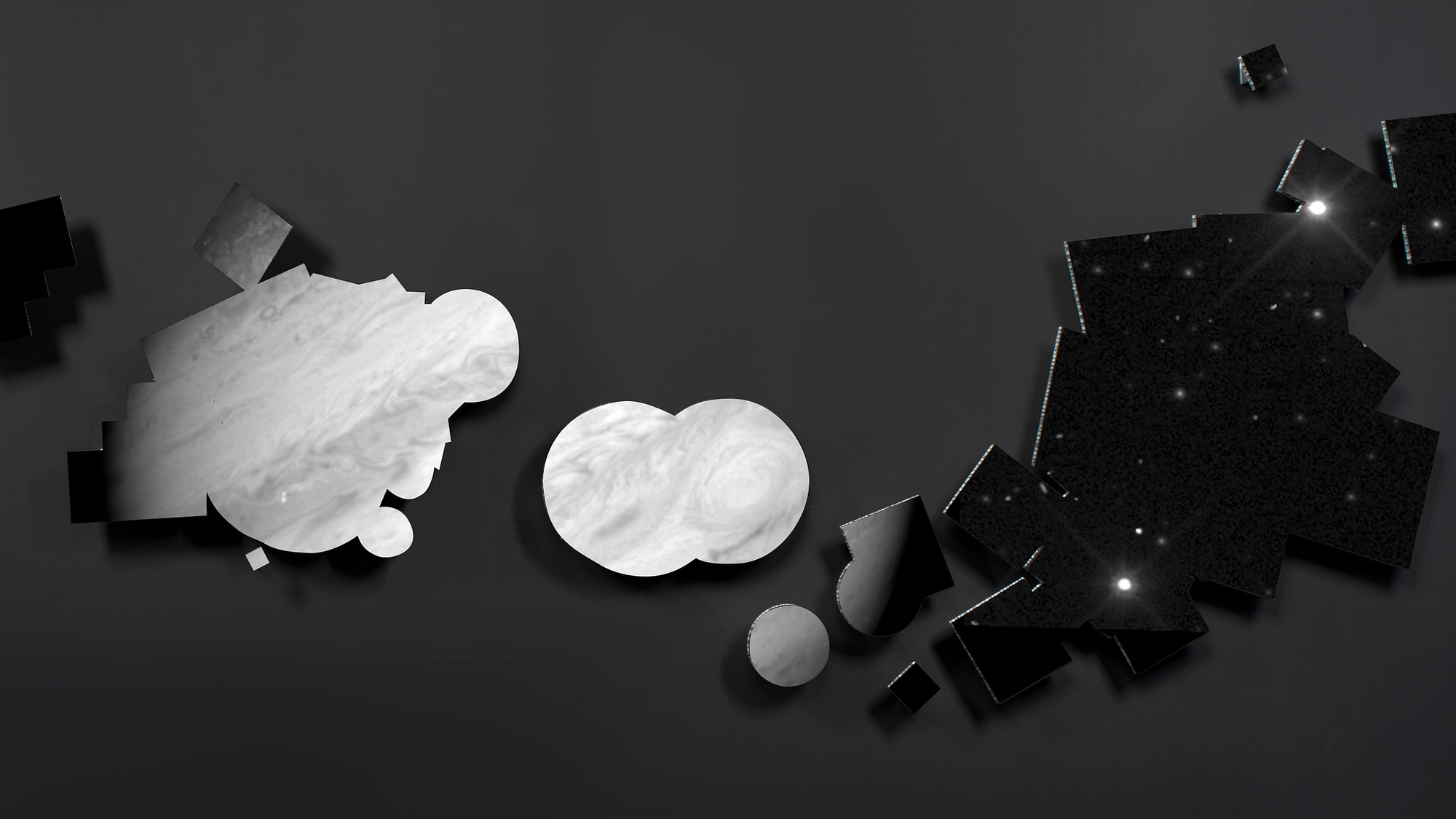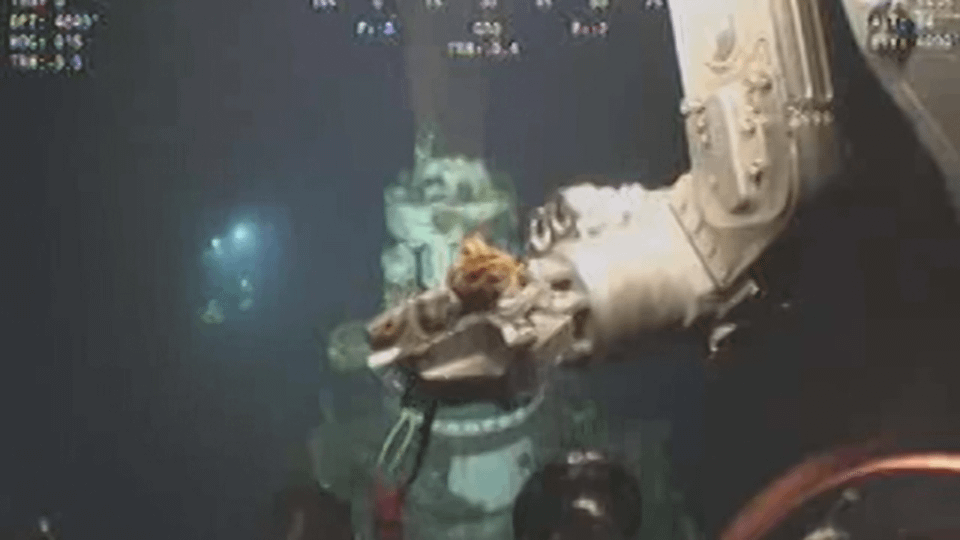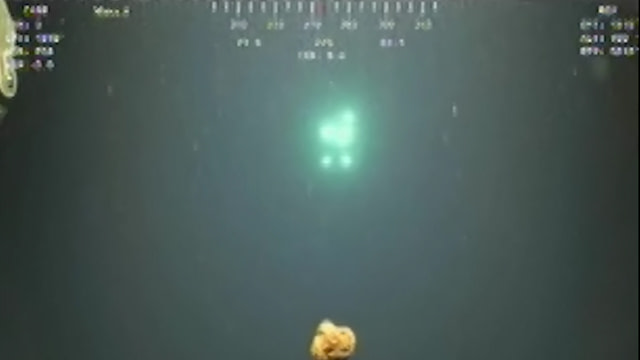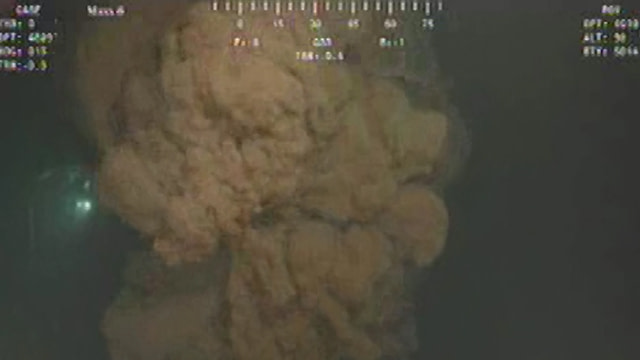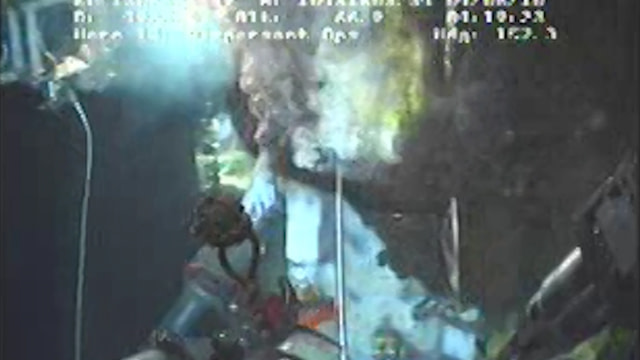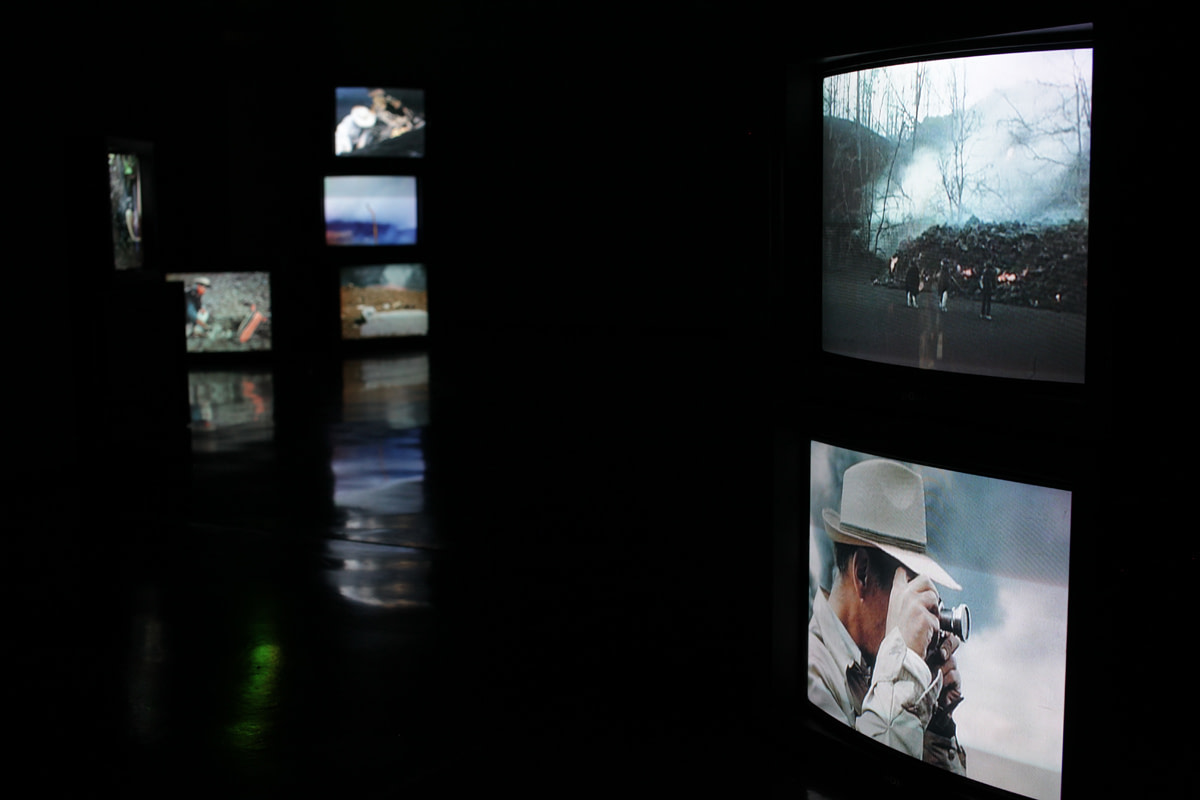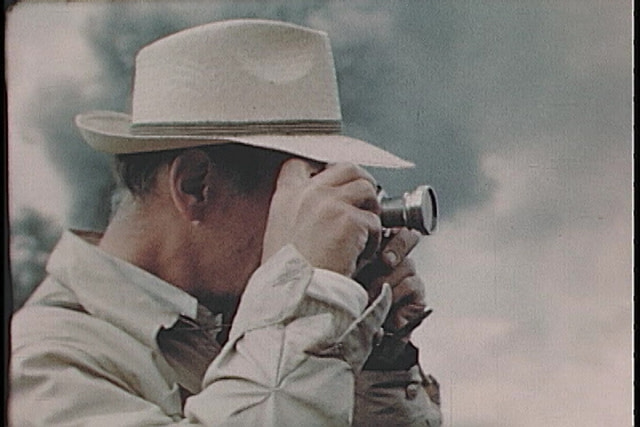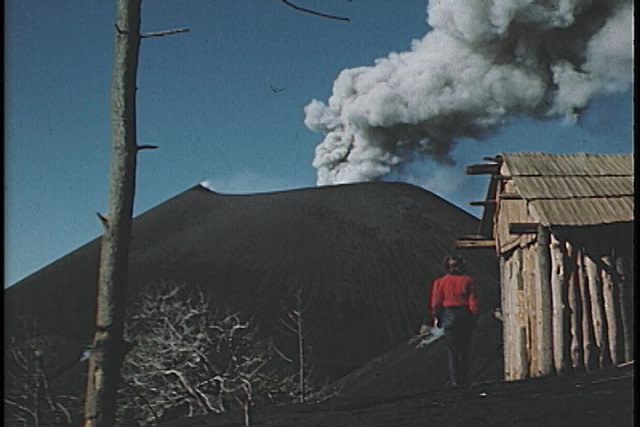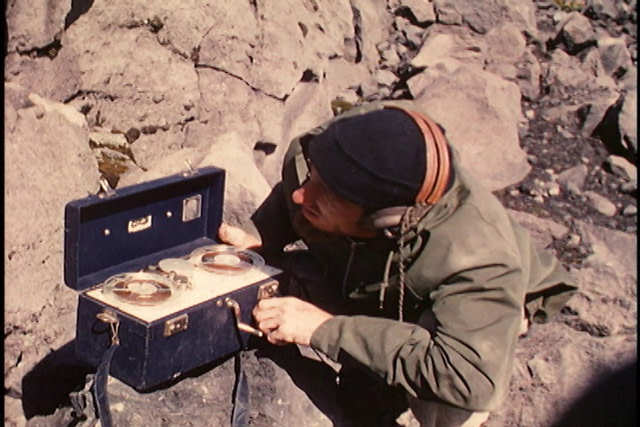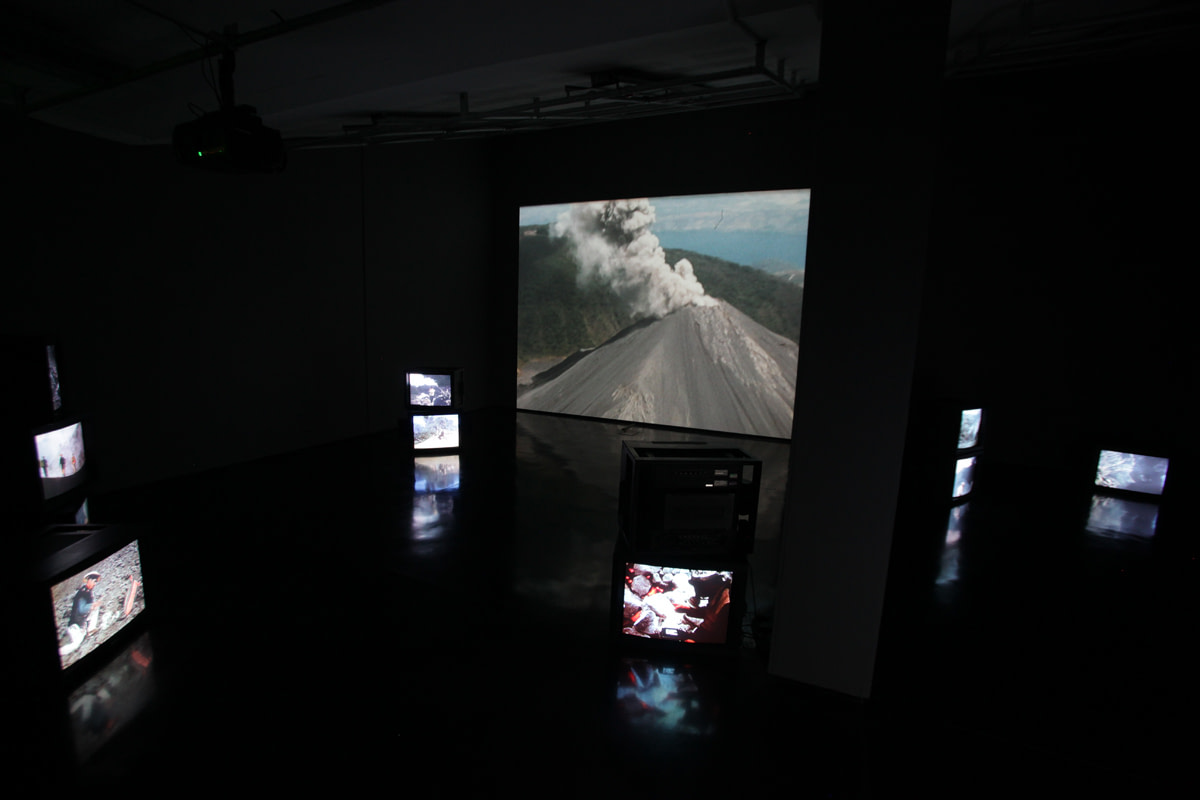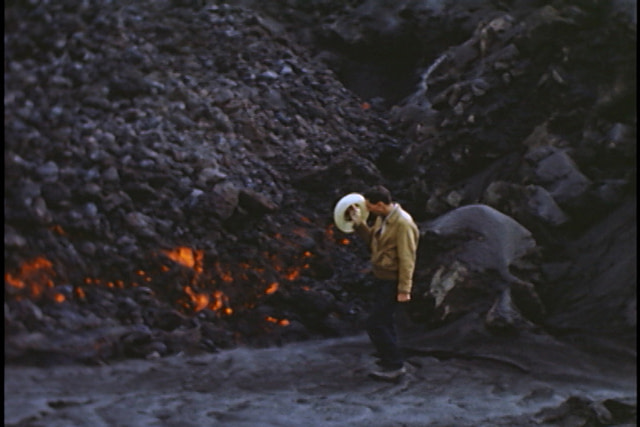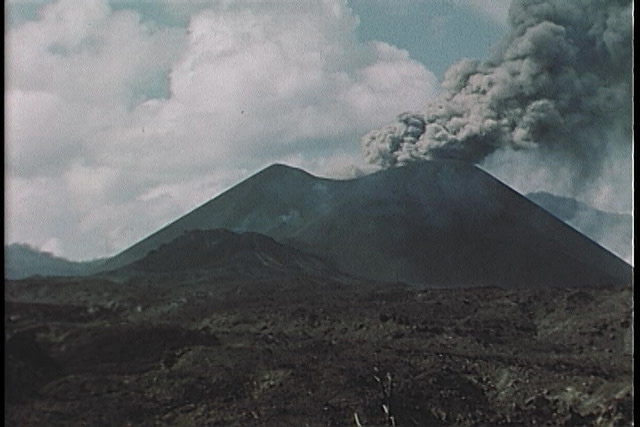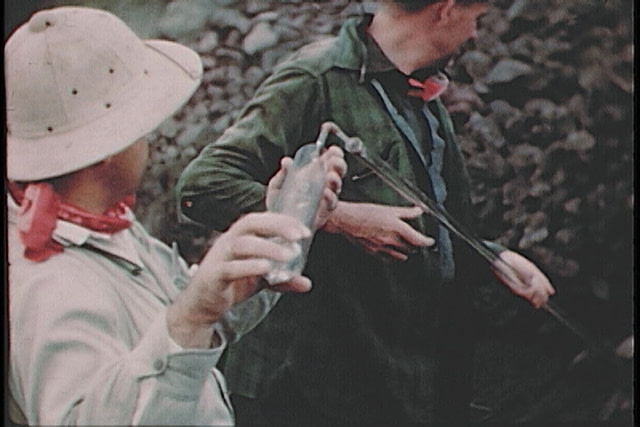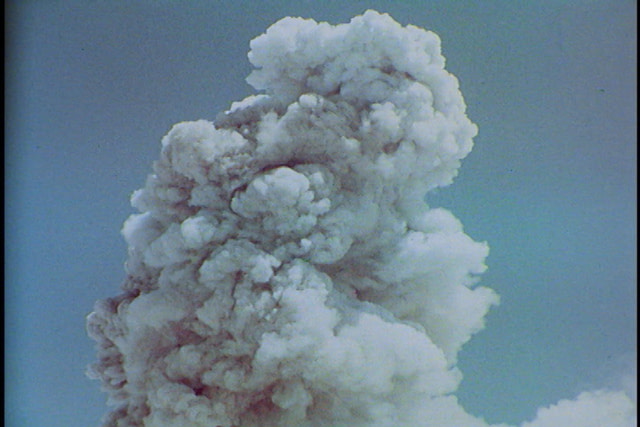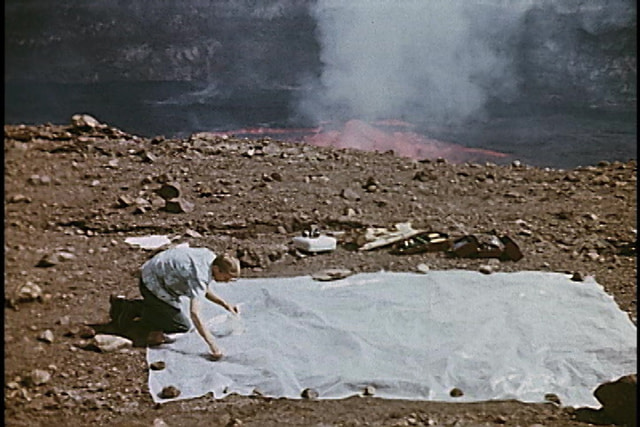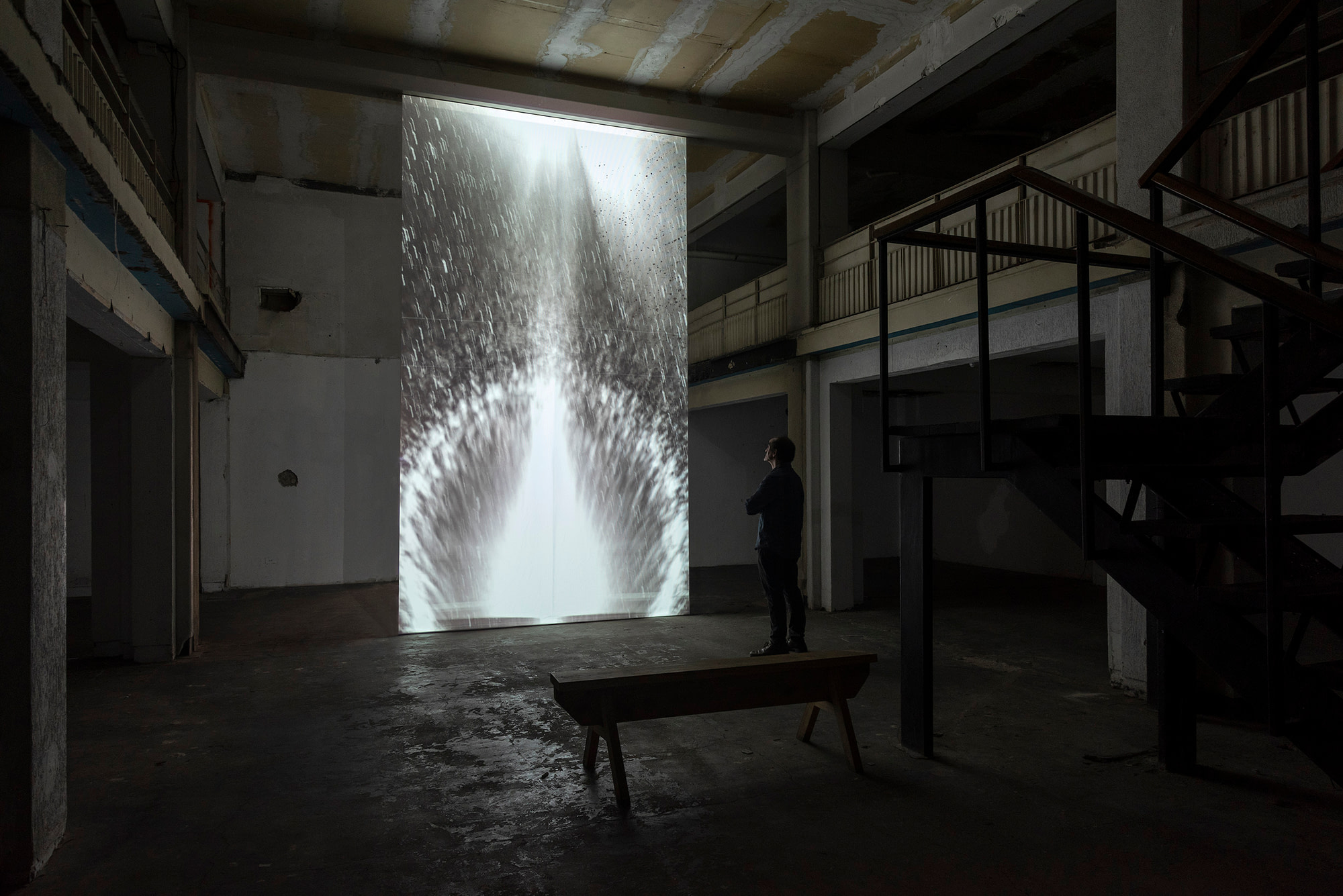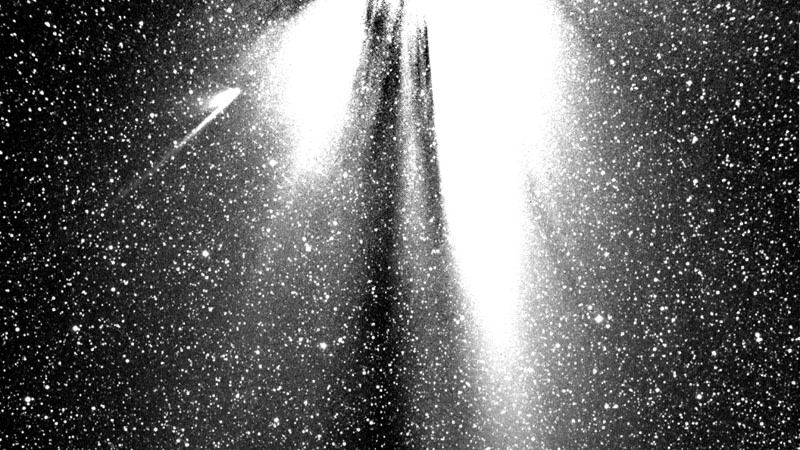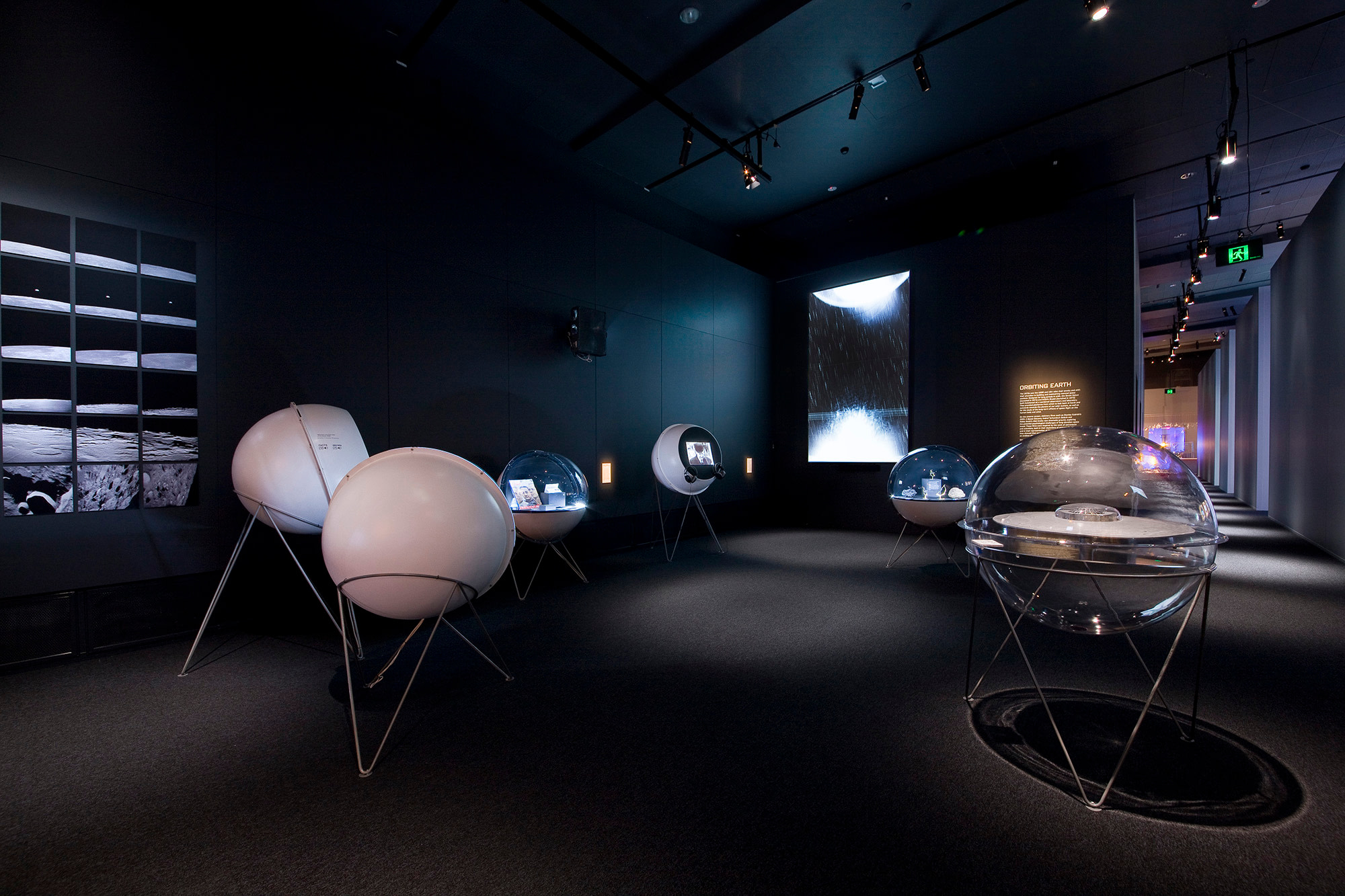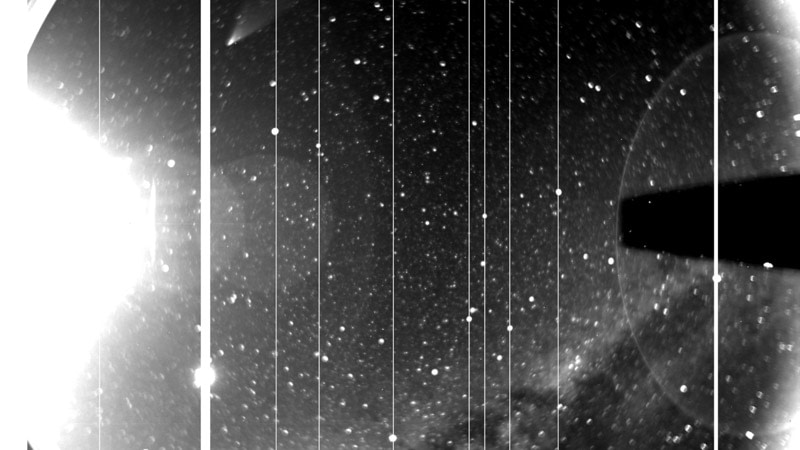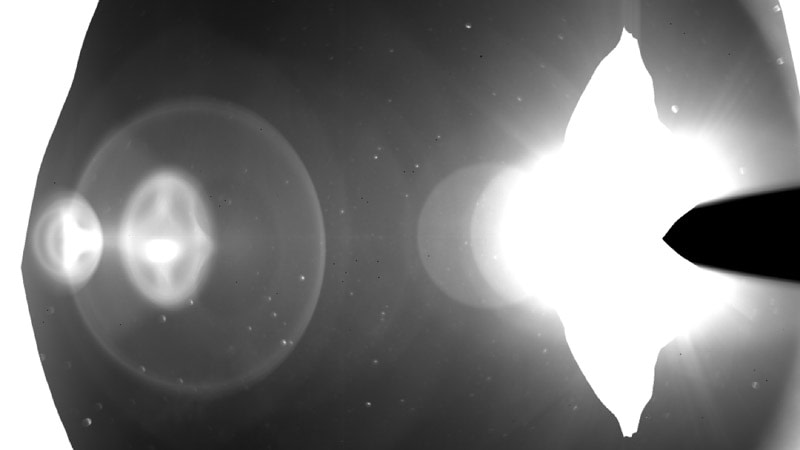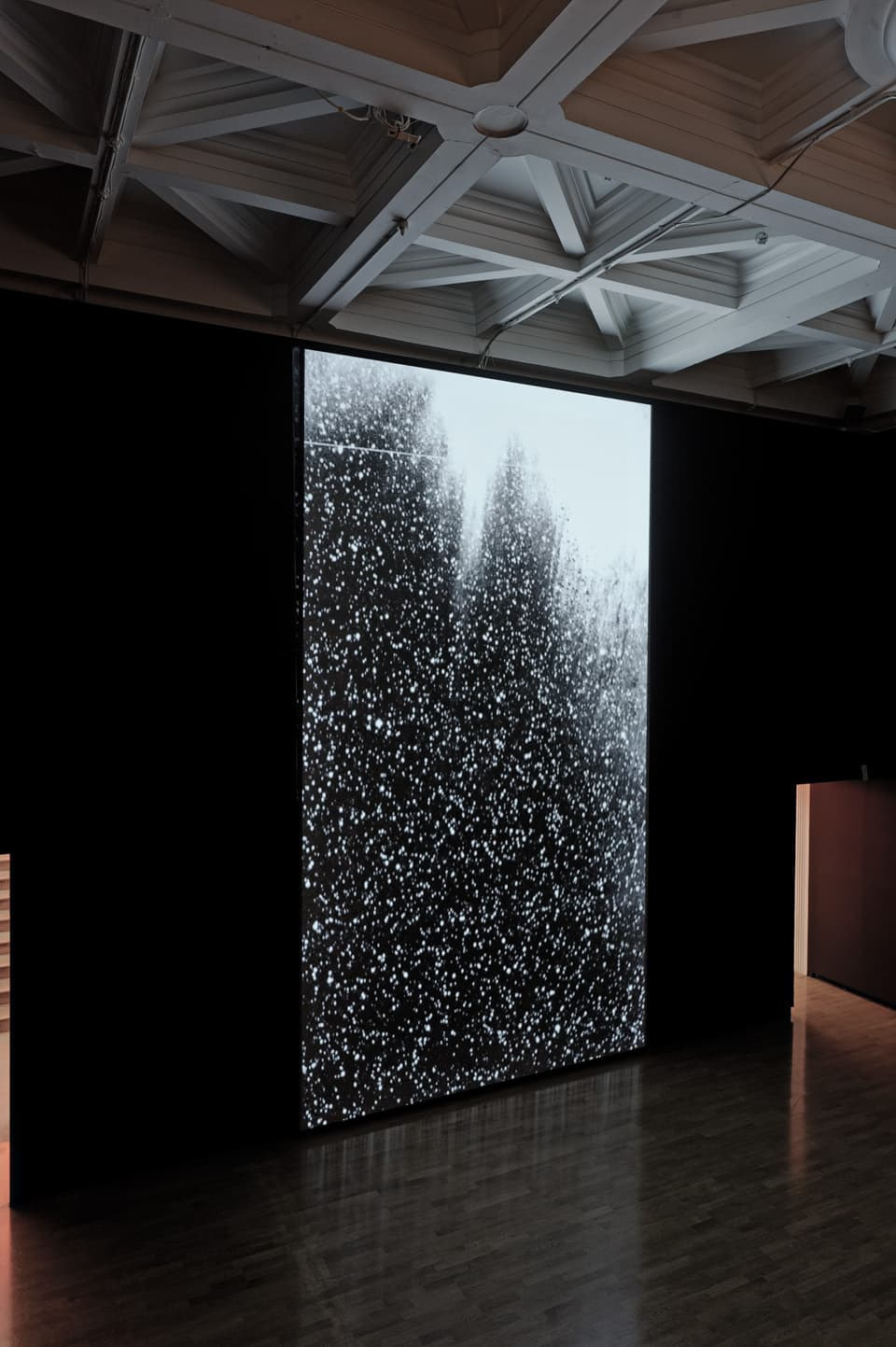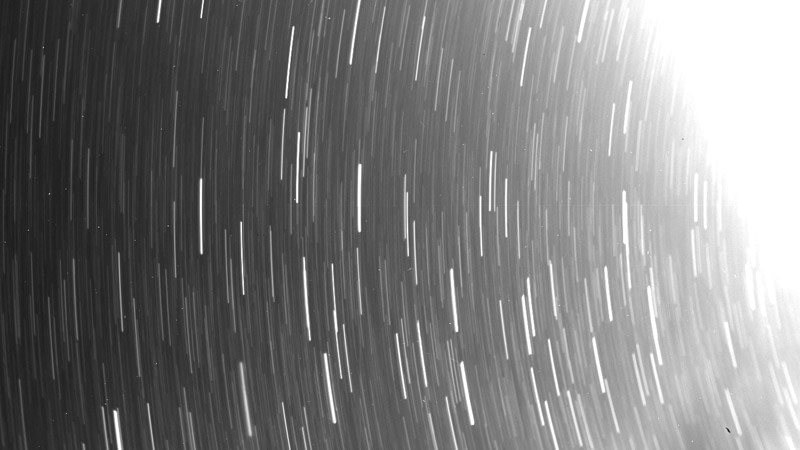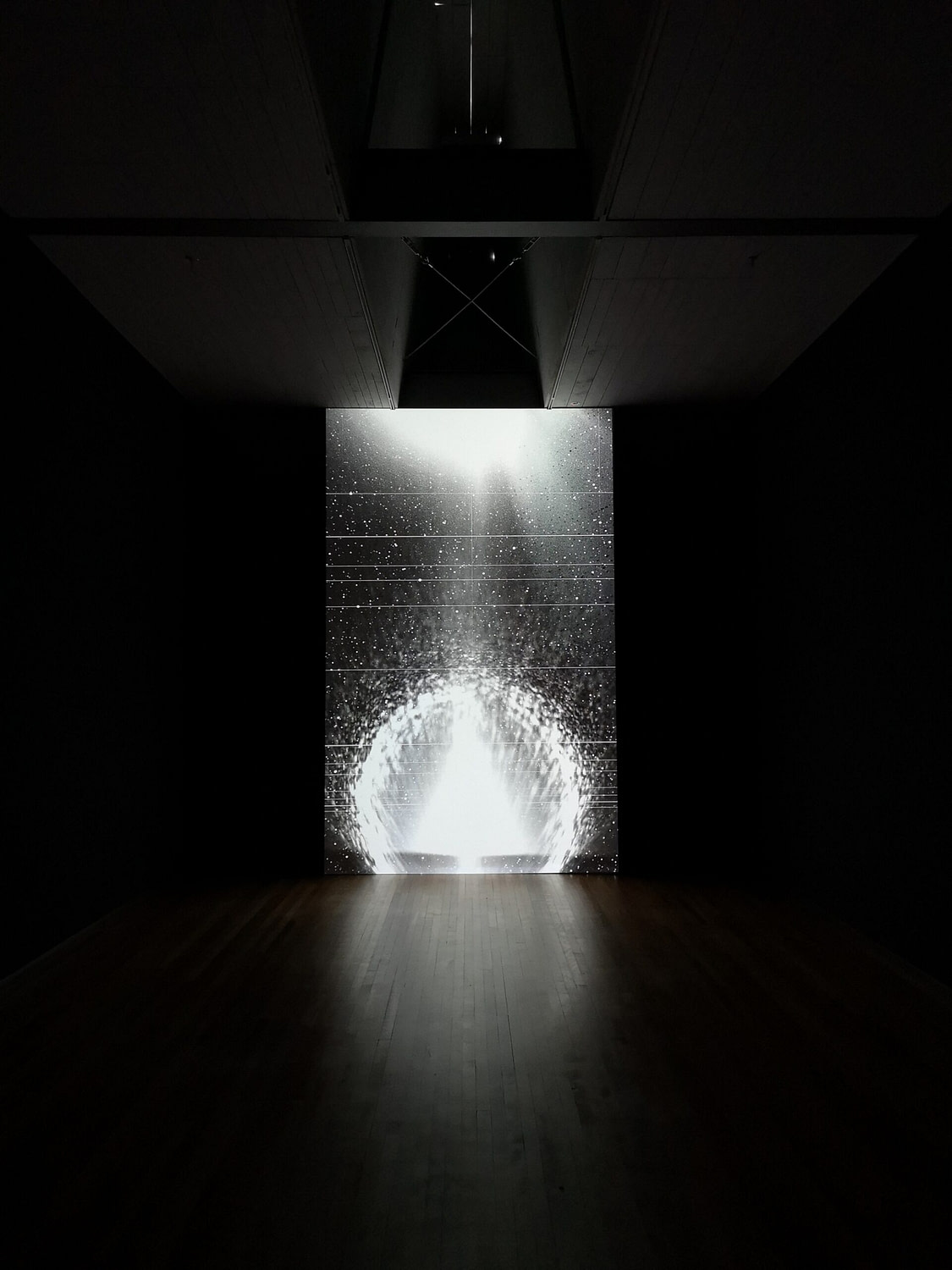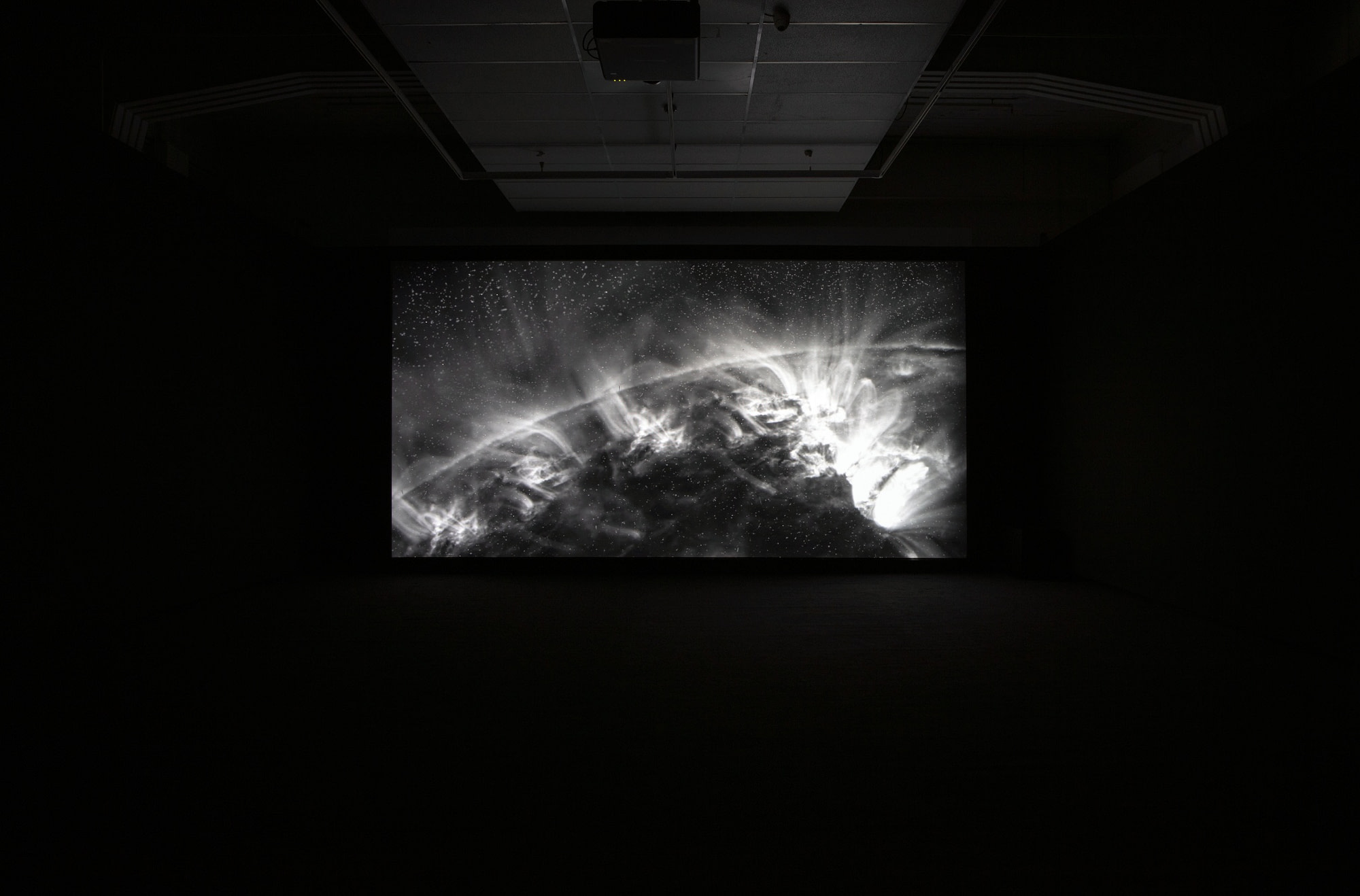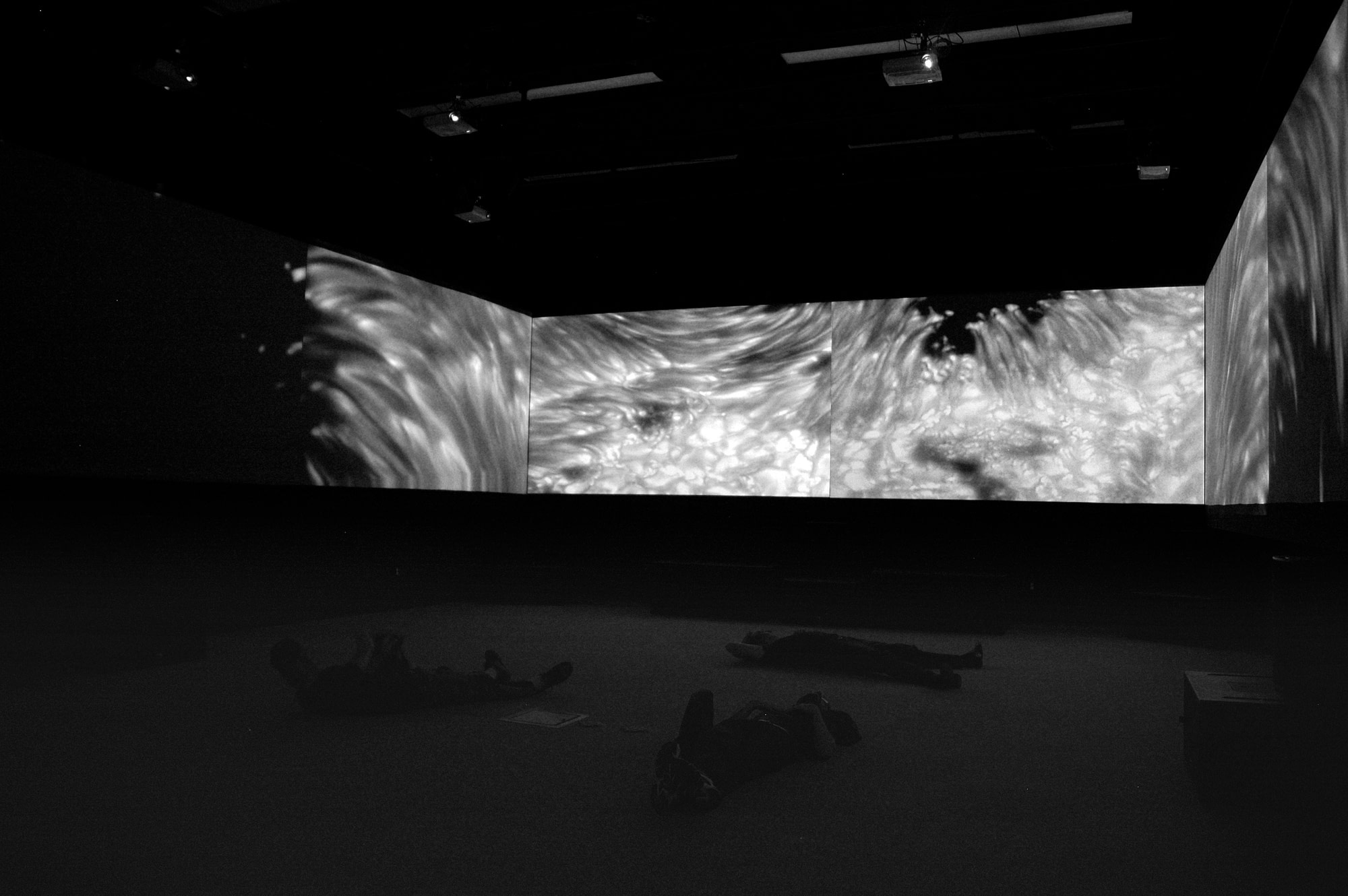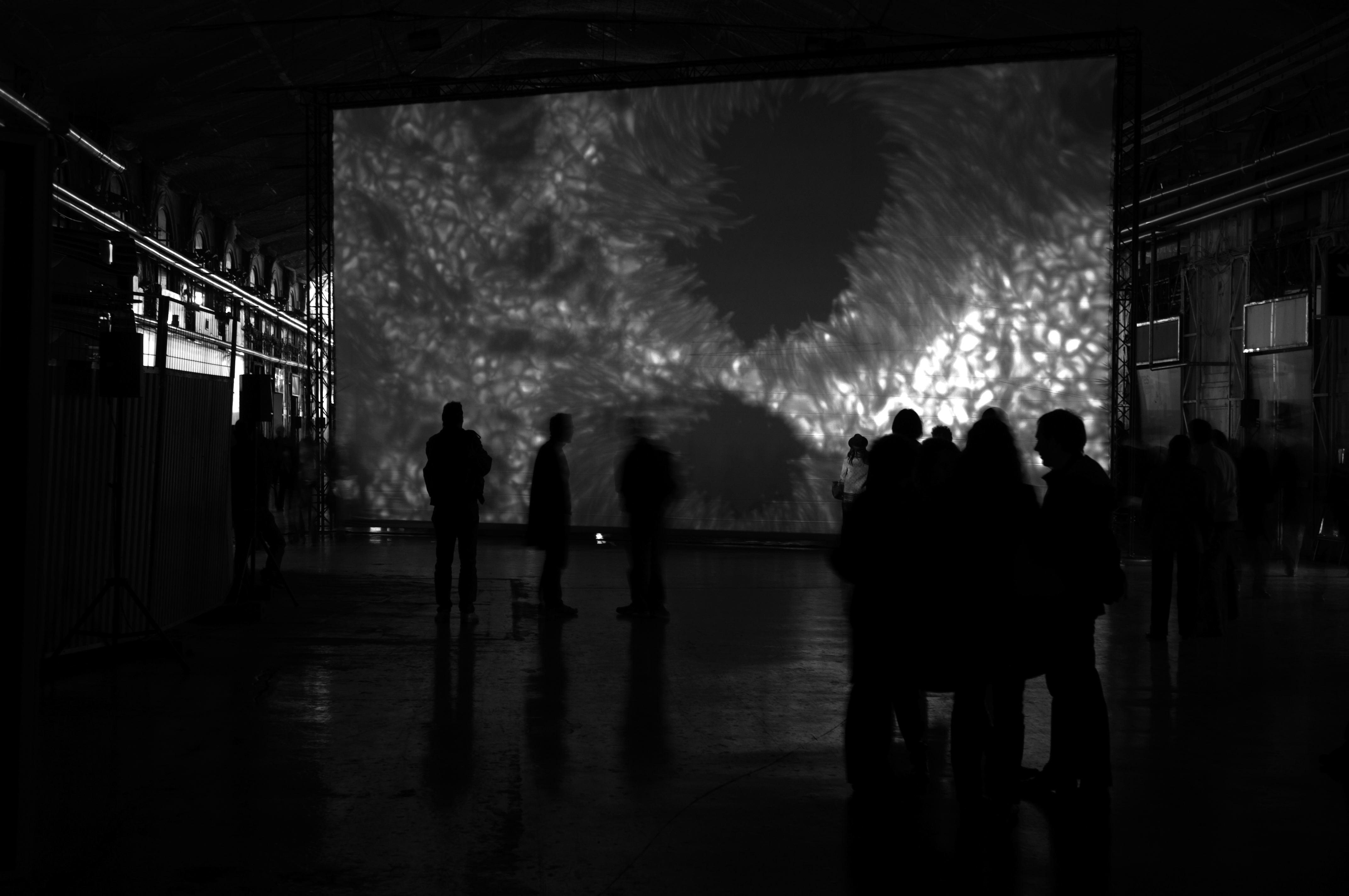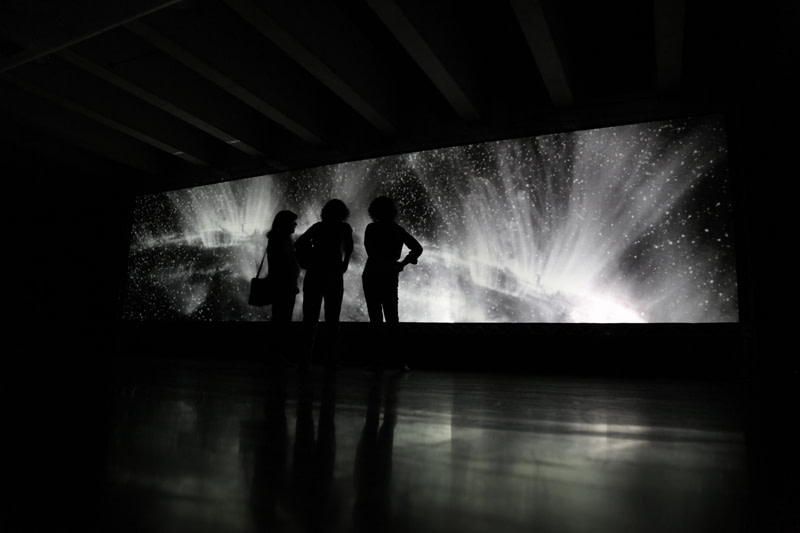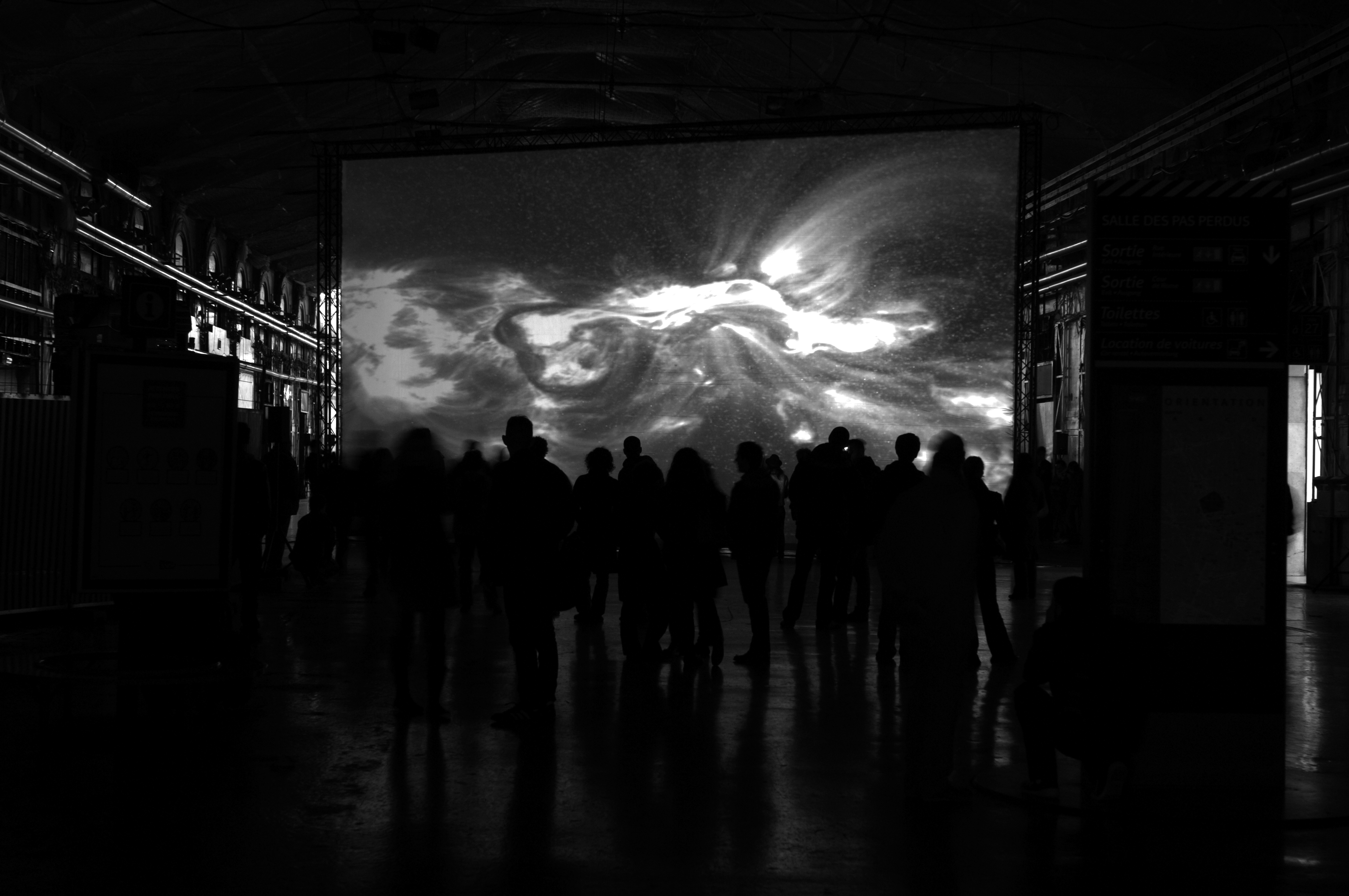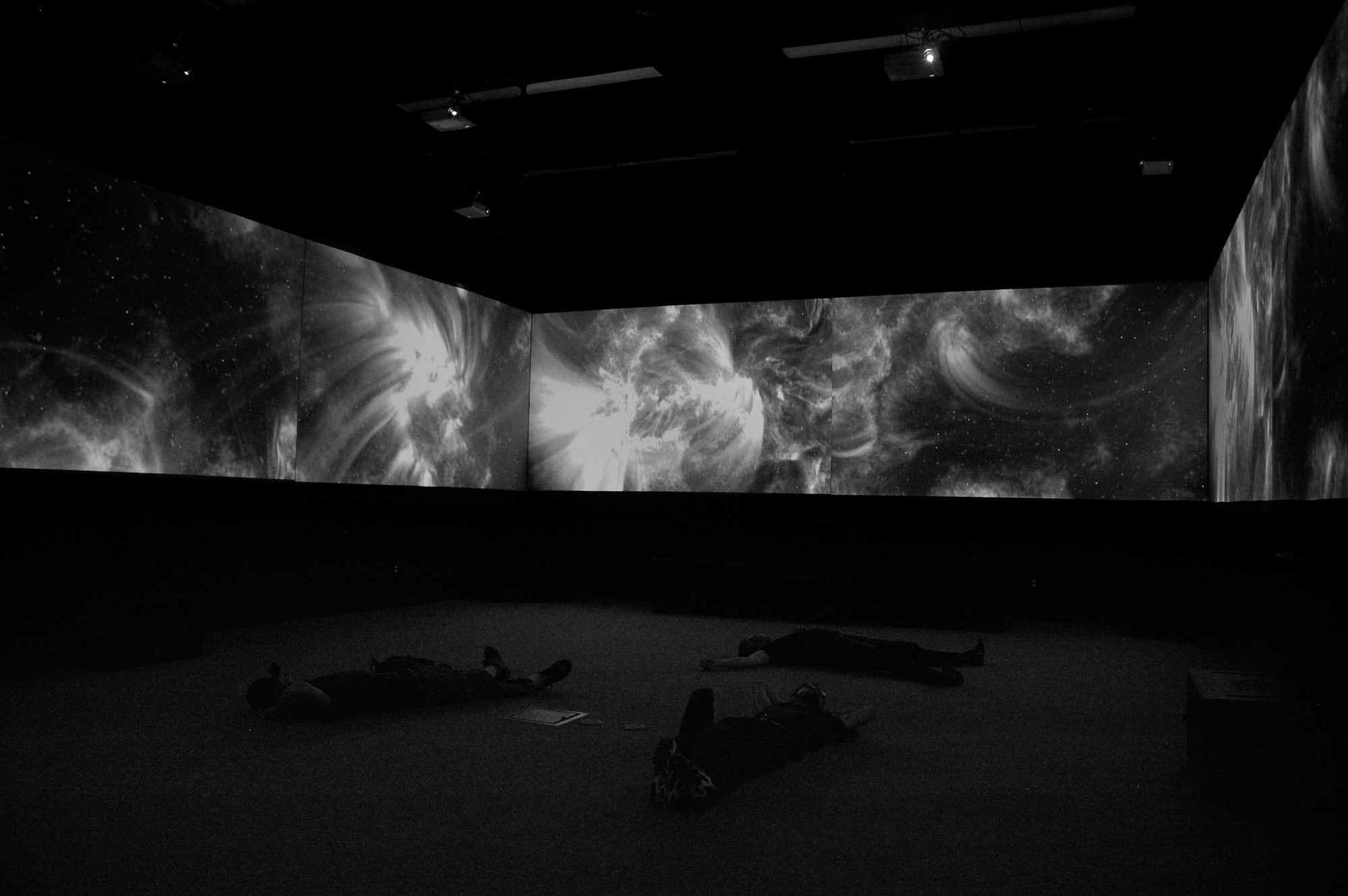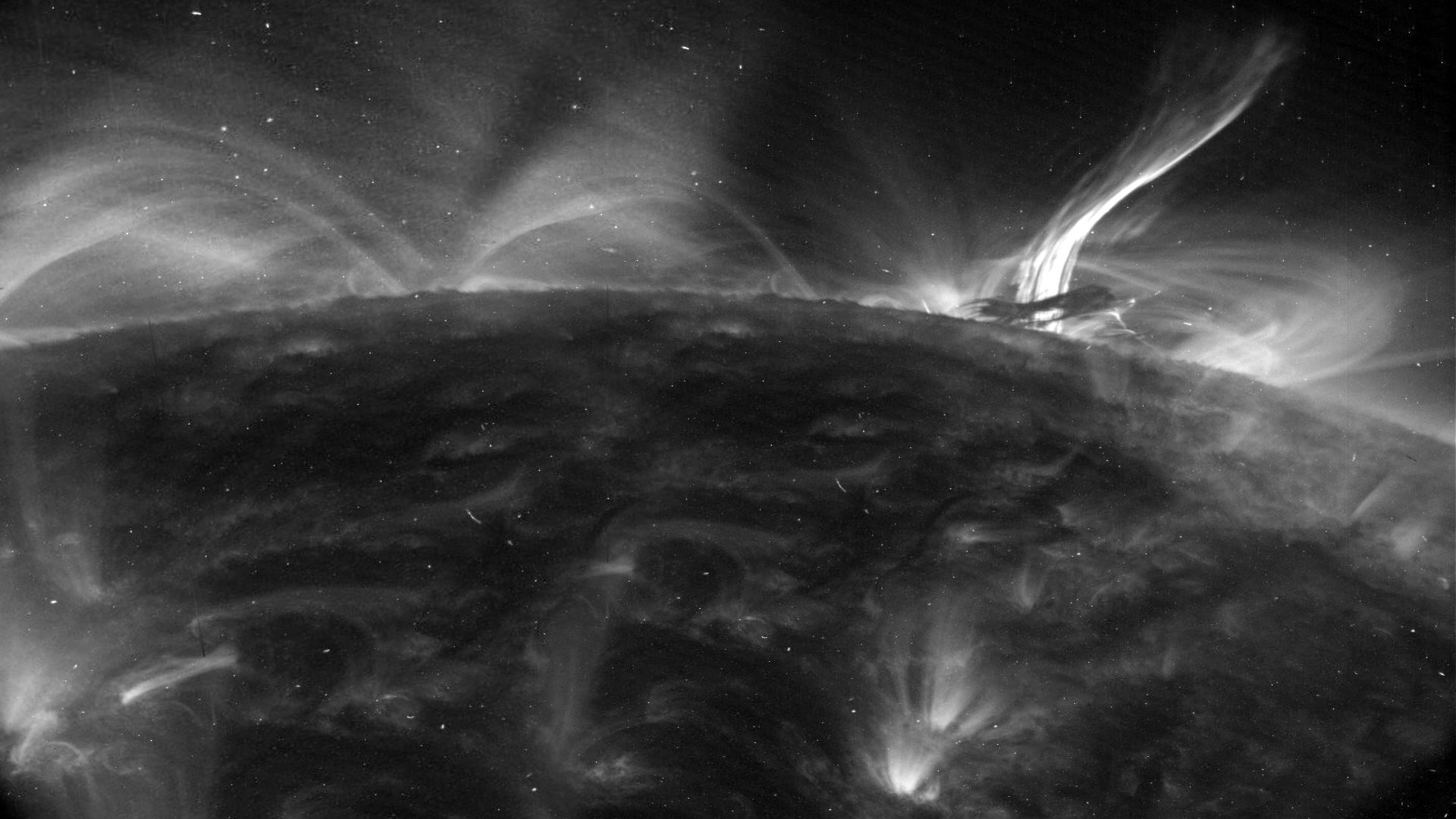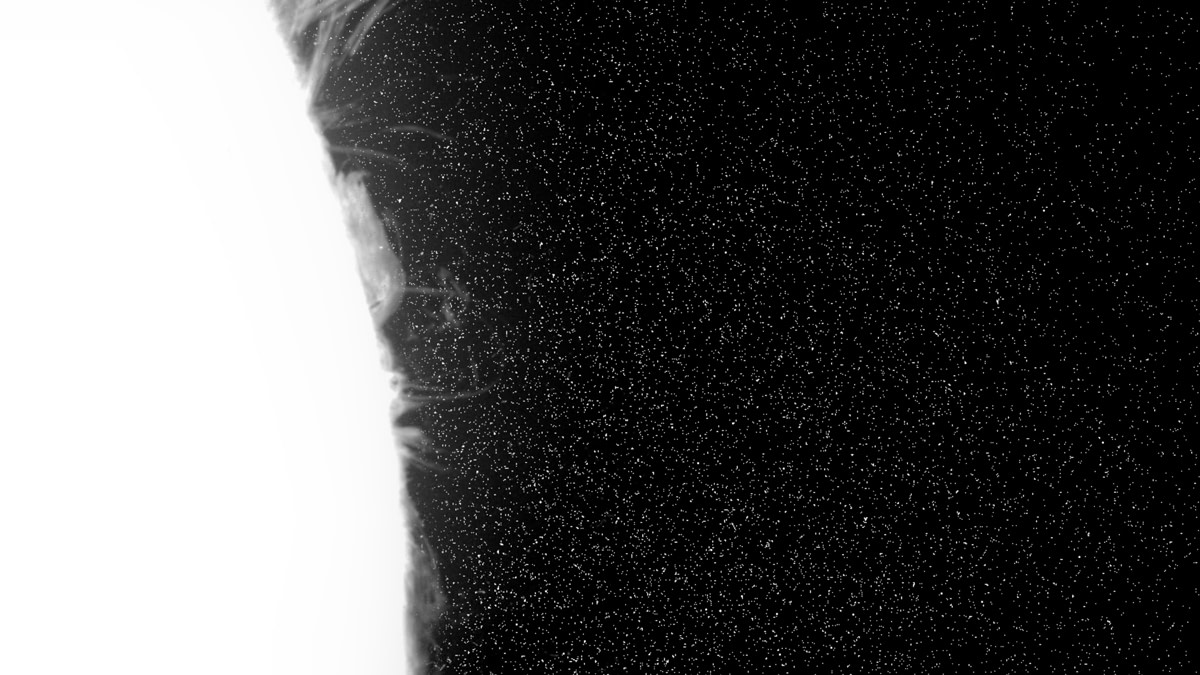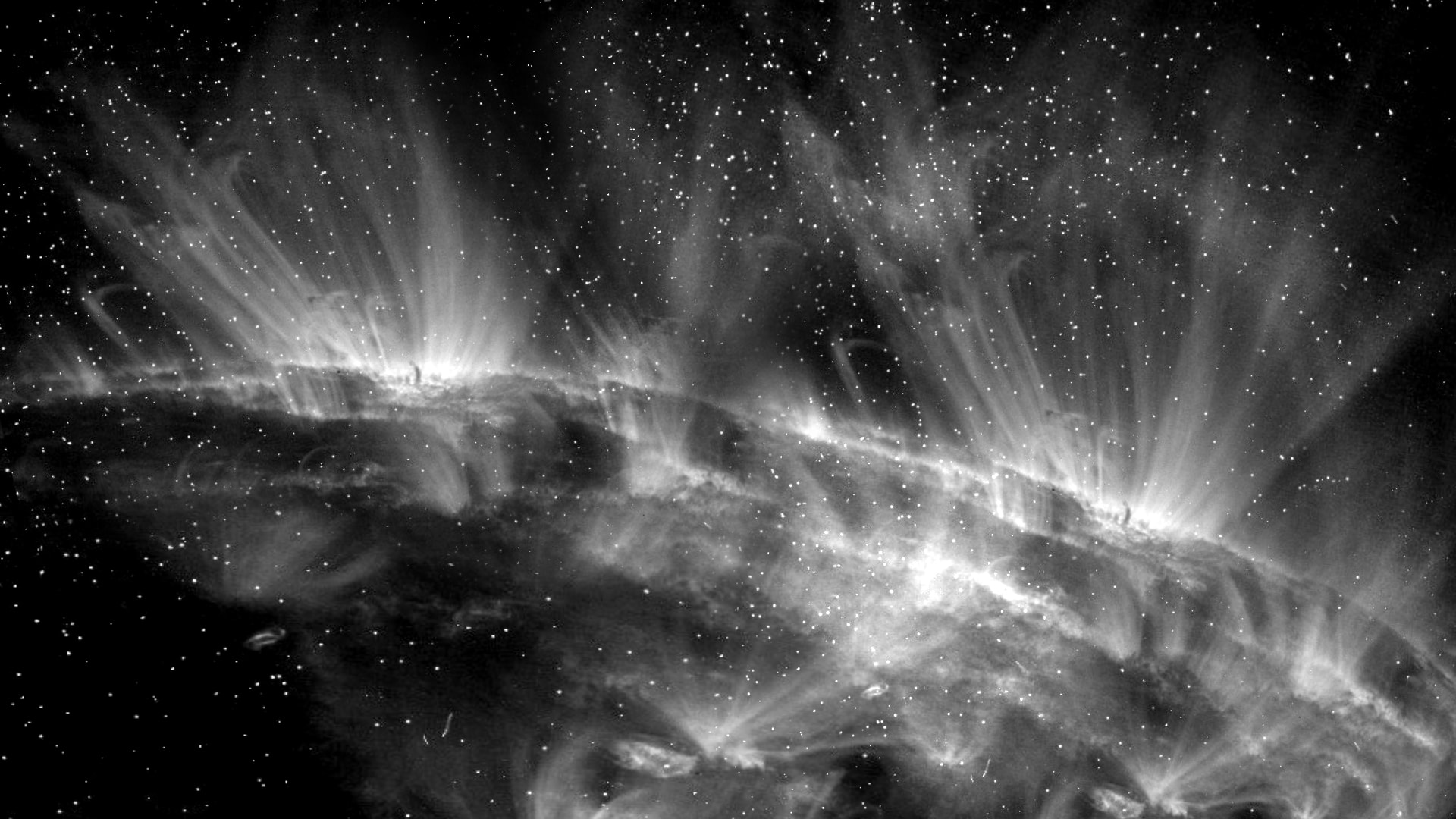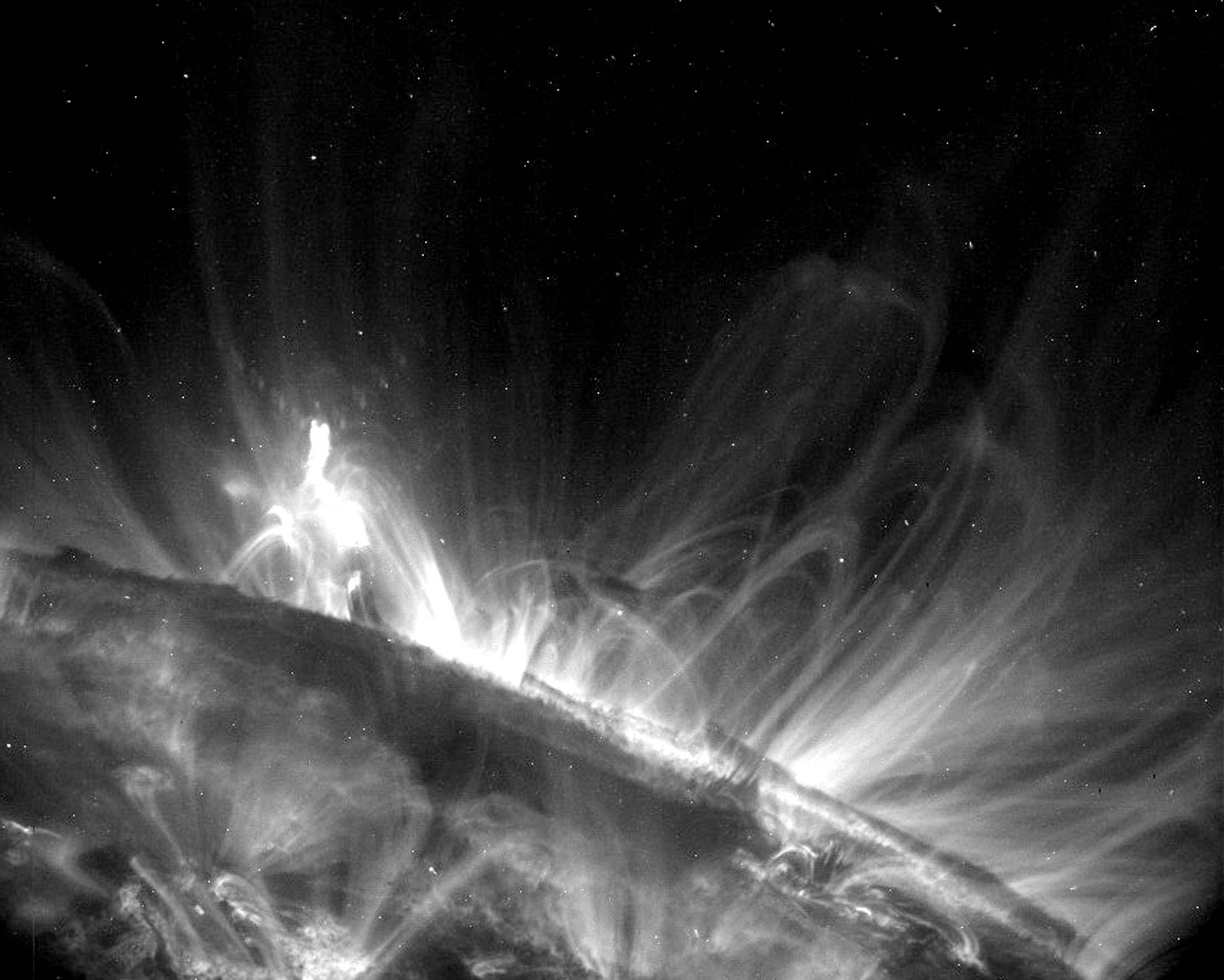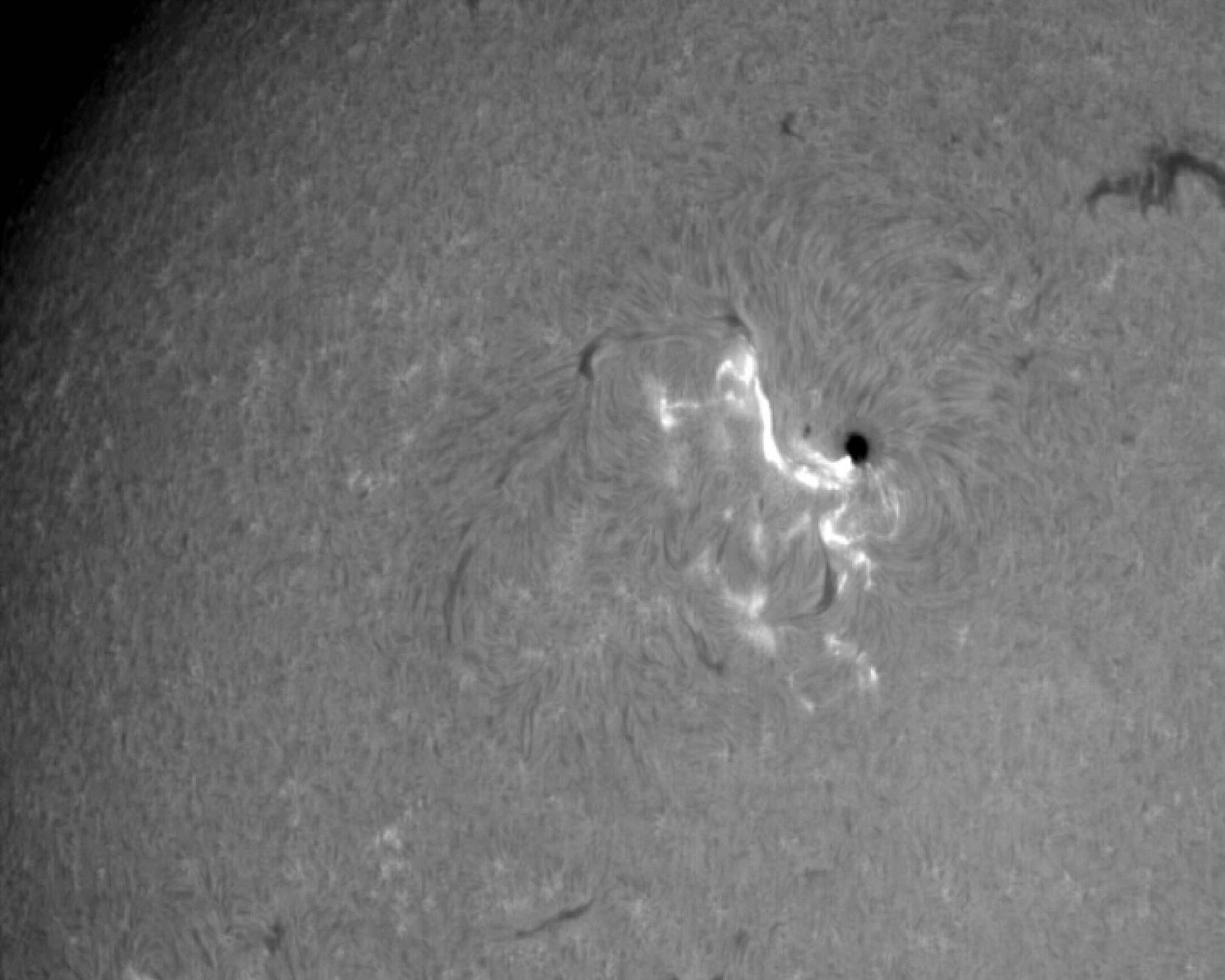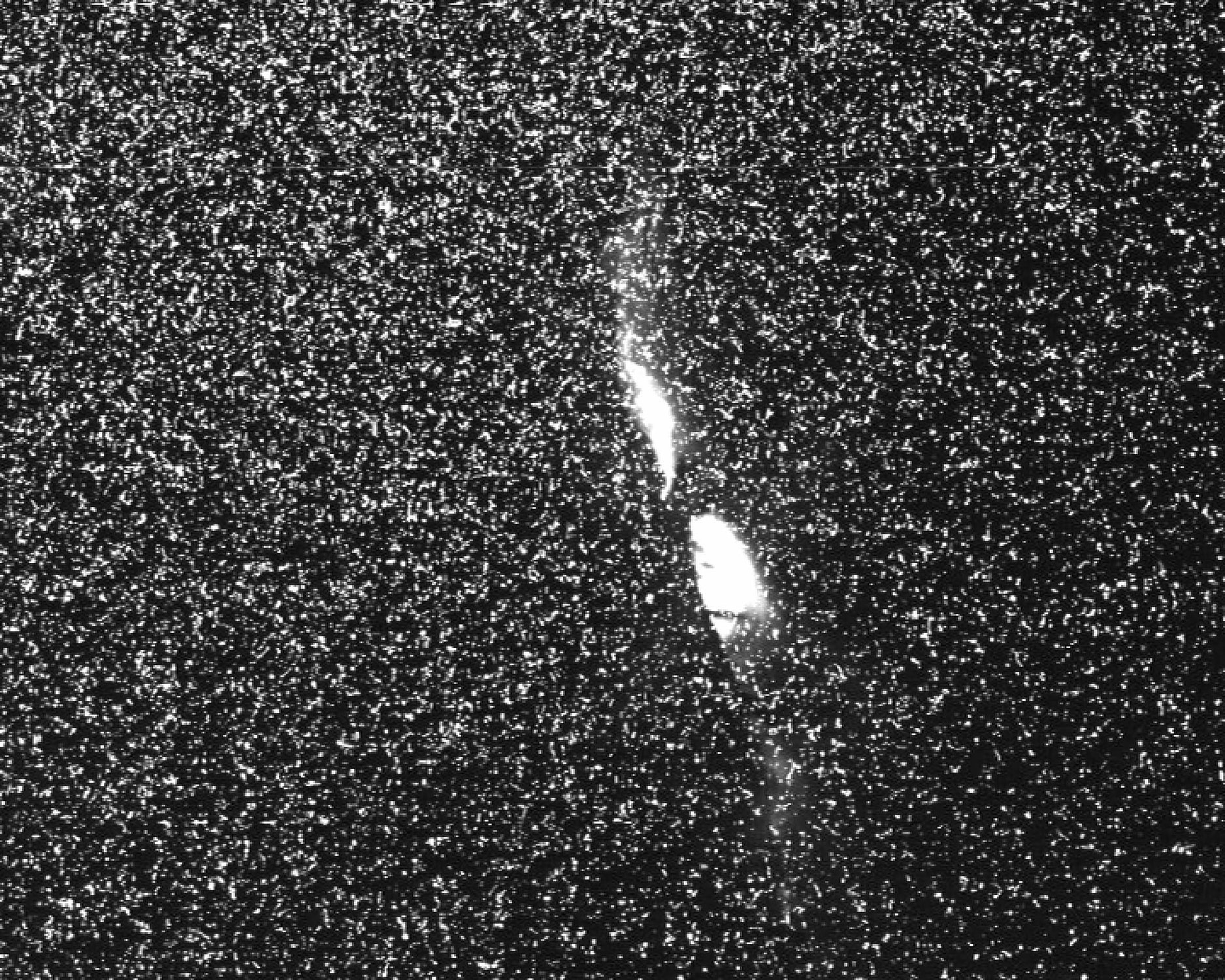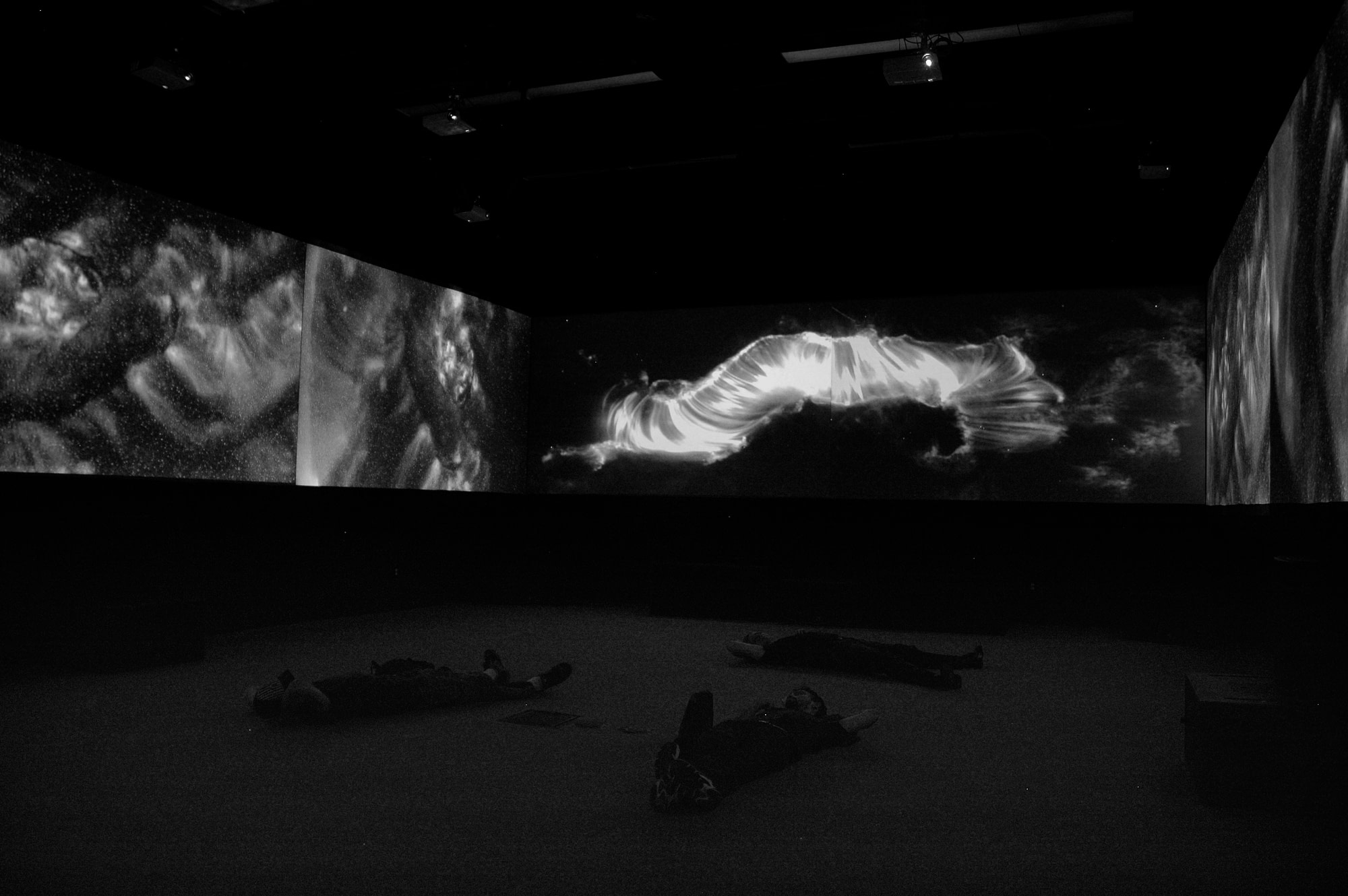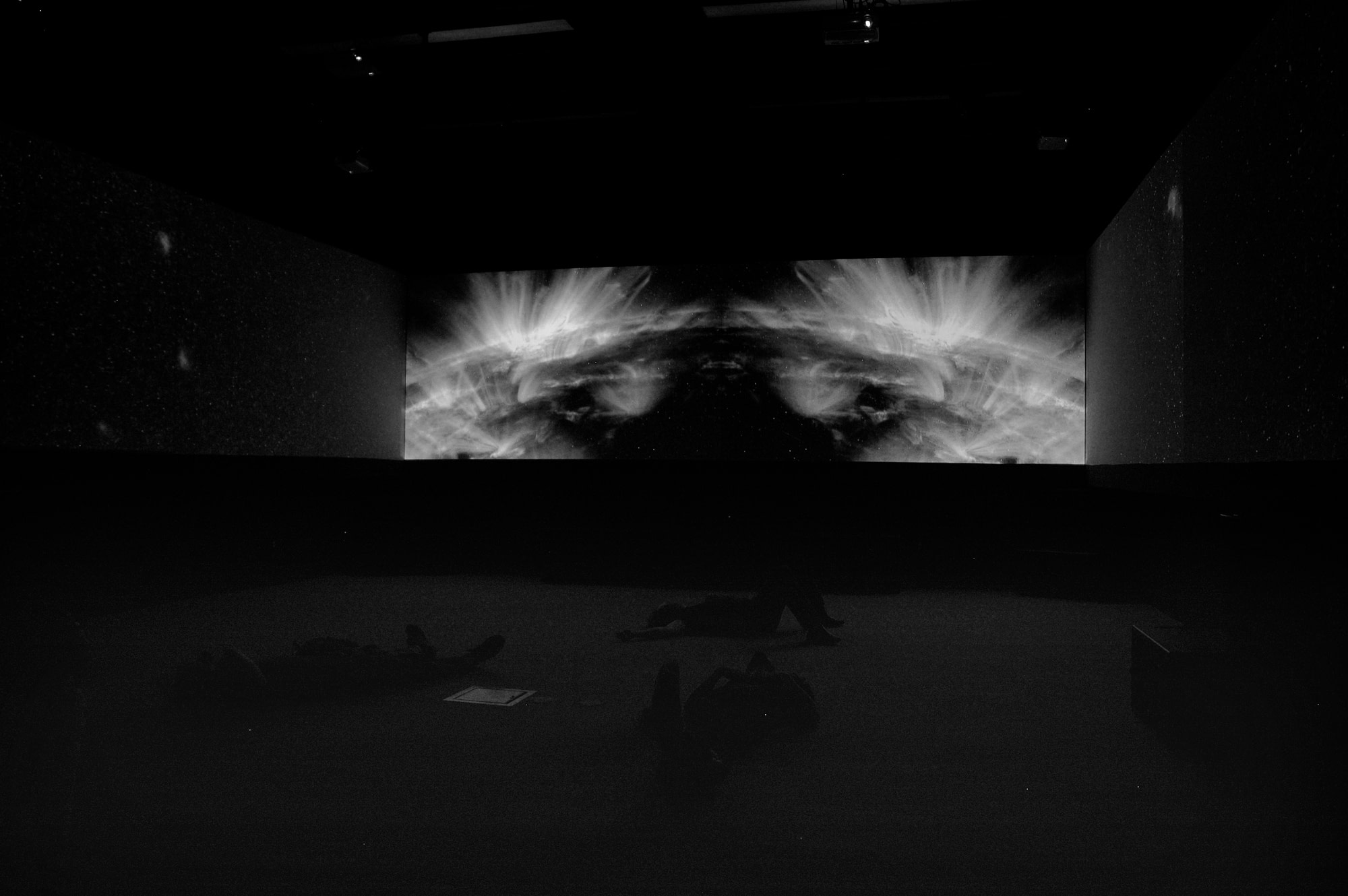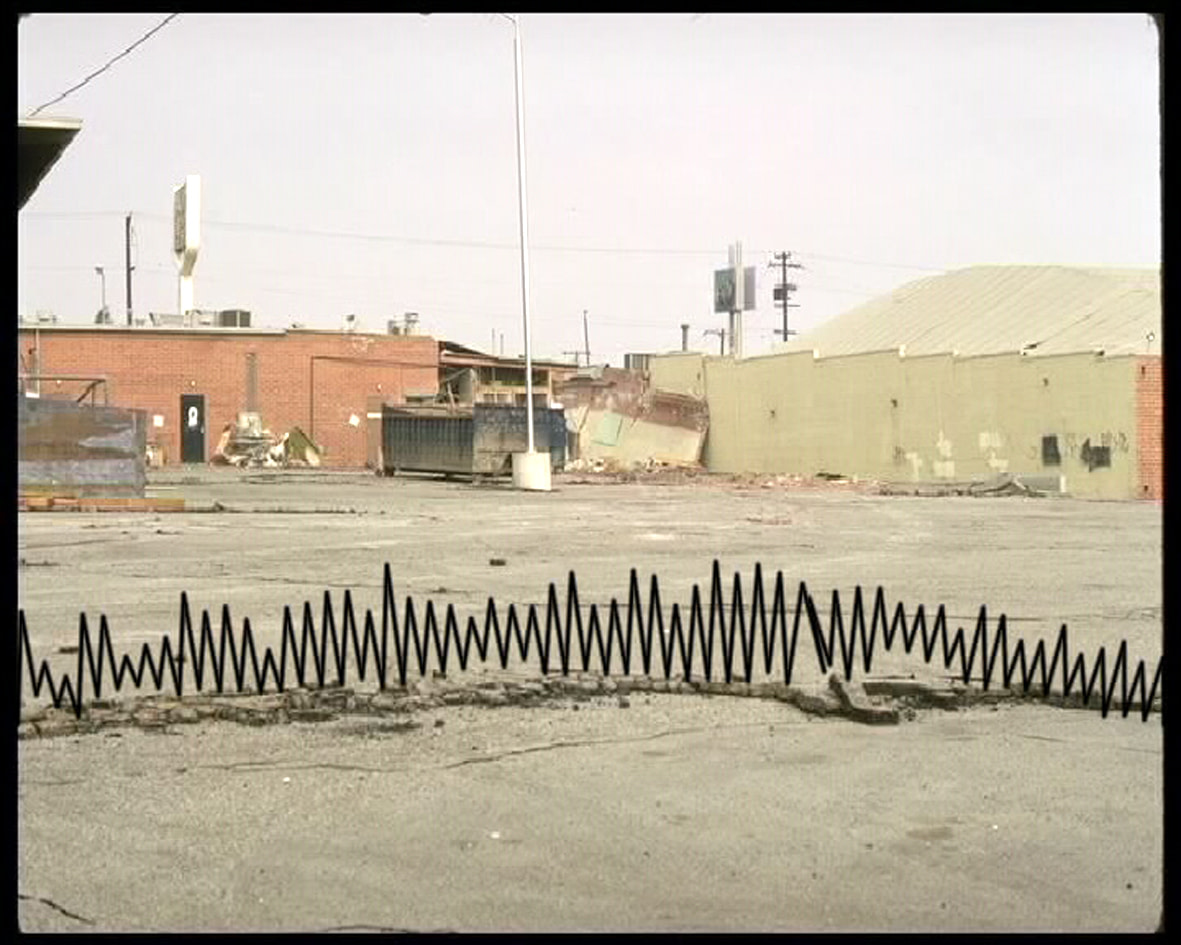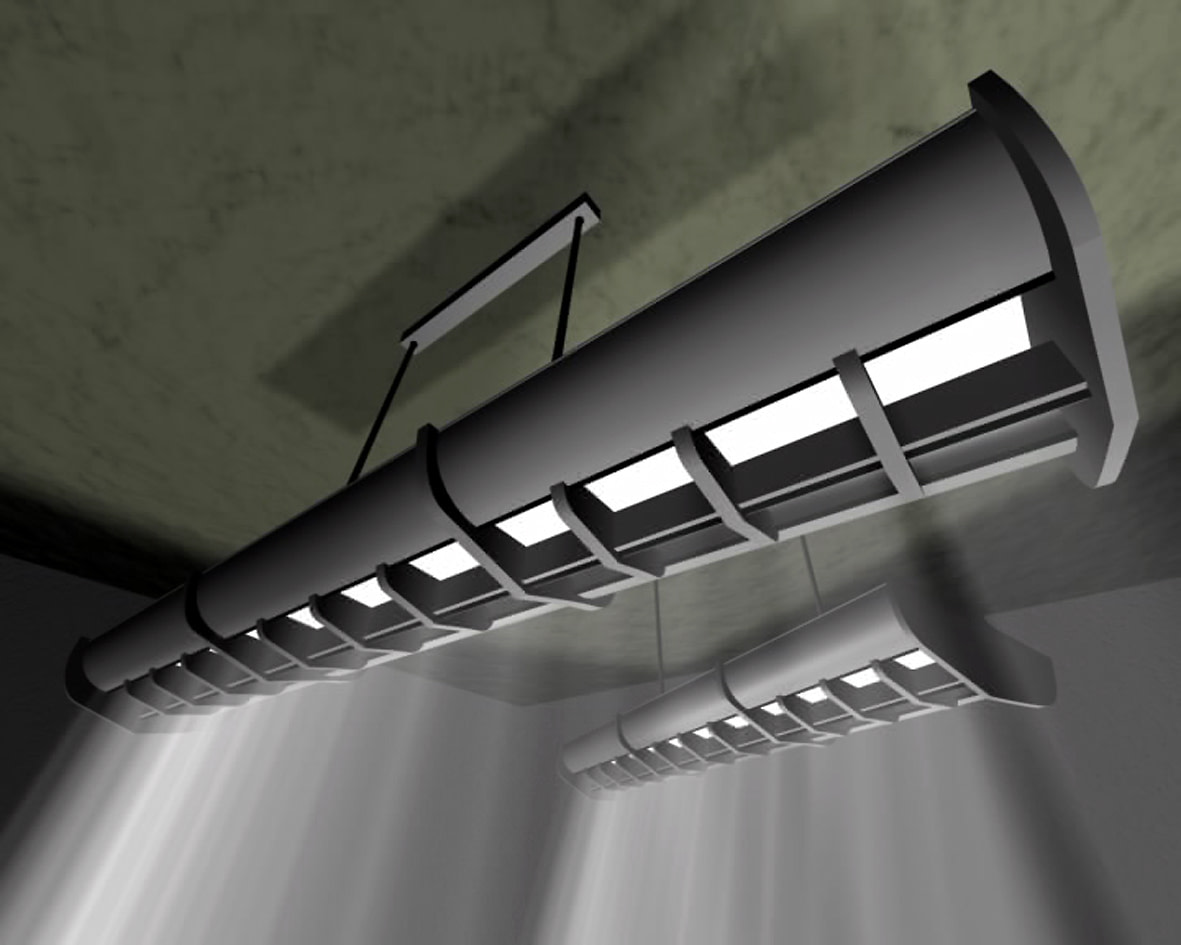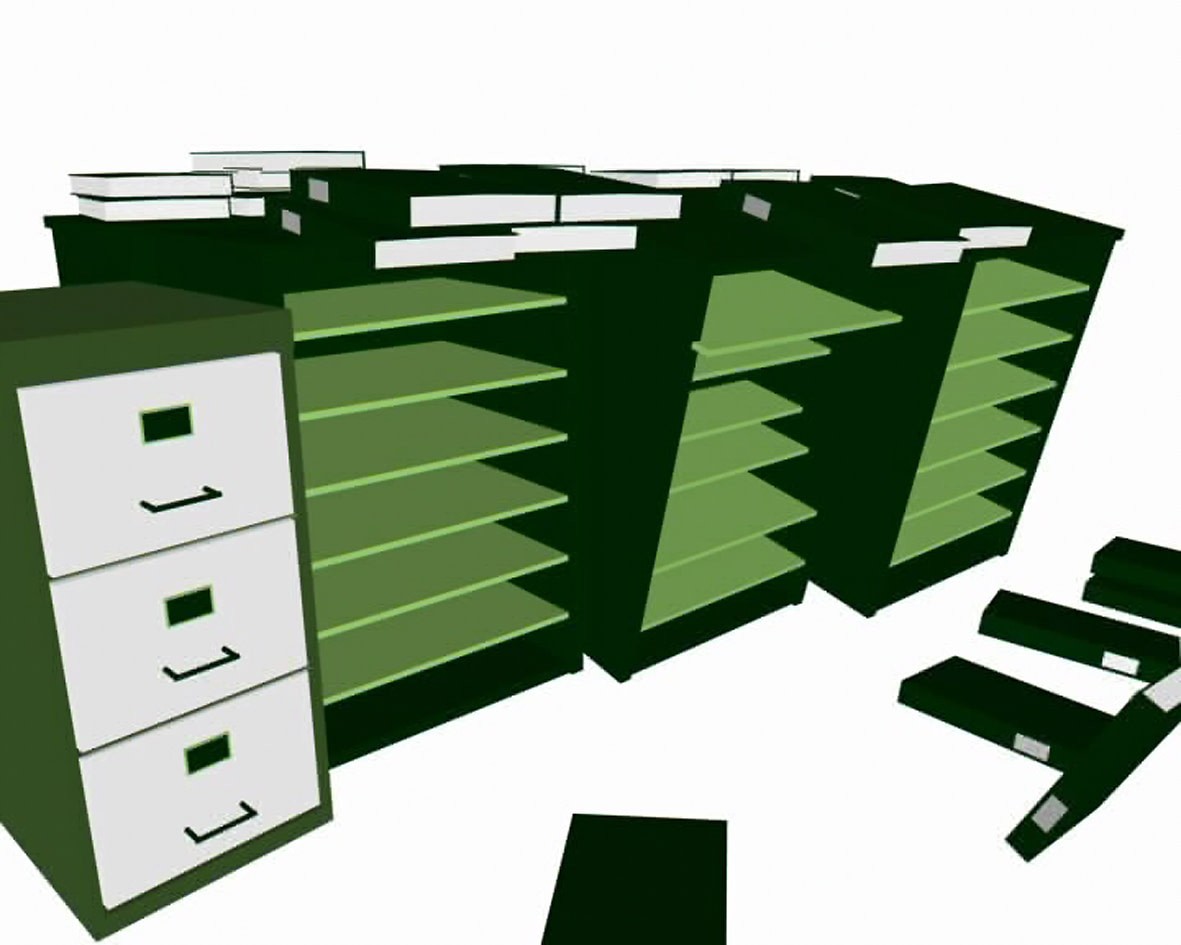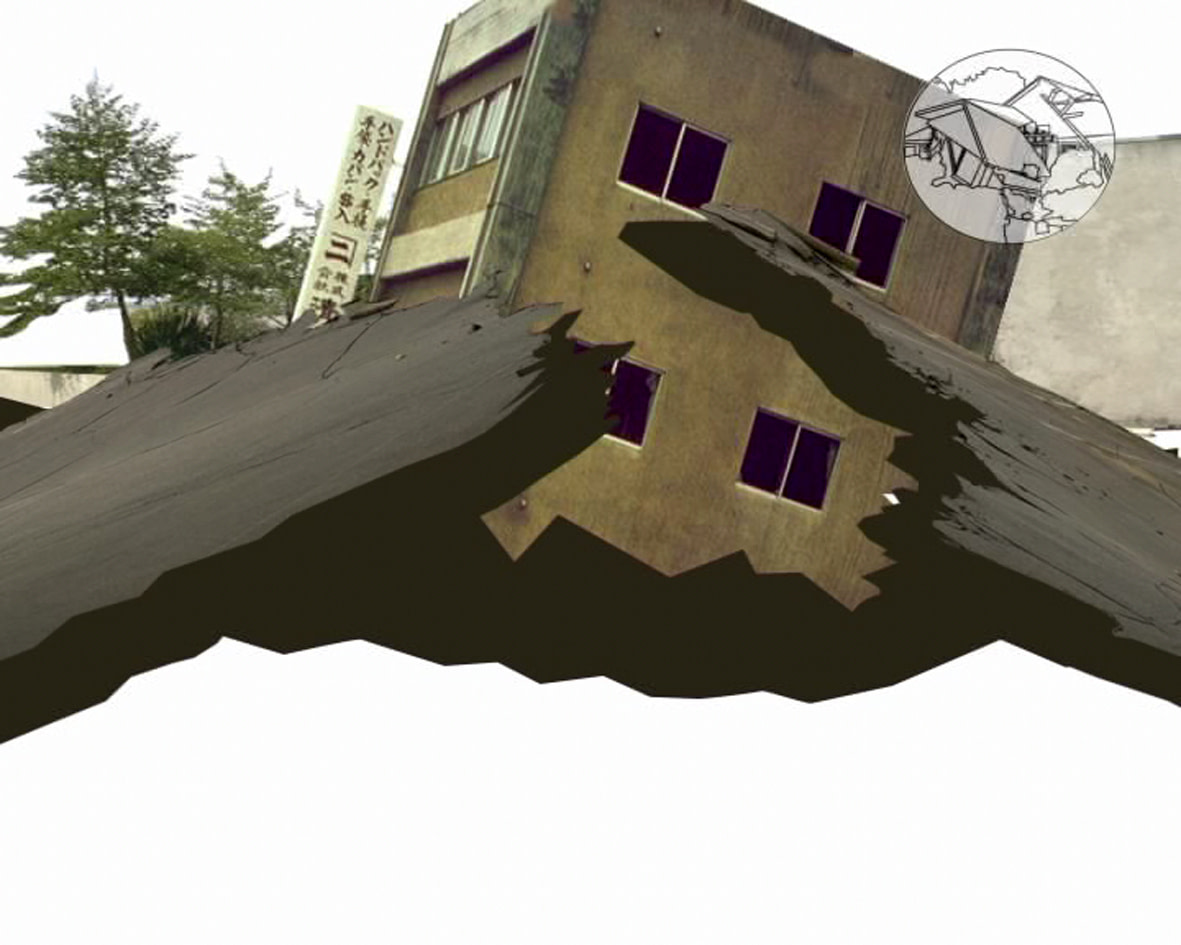
2015
installation of 9 light boxes / various sizes
A Semiconductor work by Ruth Jarman and Joe Gerhardt.
Images Courtesy Pump House Gallery/Photo Eoin Carey
Band 9 is an installation that considers nature within the framework of science. Nine light boxes show scientific cloud data, which have been captured from space by a remote sensing satellite, orbiting the Earth. Using optical sensors it collects reflected light in various wavelengths of the electromagnetic spectrum. By focusing on very thin slices of these, scientists can pinpoint individual phenomena such as the band we see here, which is designed to reveal high-altitude clouds called Cirrus.
In this instance, scientists are not interested in the clouds themselves, but in removing their shadows and wispy texture from their data: whose presence obscures the real information they are trying to collect. Semiconductor have embraced these redundant images for their power to offer new ways of seeing a familiar place. Re-contextualised in this way and bearing the signatures of science, the images have become a kind of technological sublime.
What we see in the images is dictated by the capturing technology; the satellite scans in 115 mile wide swathes orbiting the earth from north to south and anything beyond the dedicated wavelengths is swallowed into a black void. The angle the light boxes are installed reflects the incline the data has been captured and archived at. By presenting the raw satellite data using techniques informed by the capturing technology Semiconductor are, exploring how technologies that are made to study nature, mediate our experiences and understanding of it.
Band 9 is commissioned by Pump House Gallery, London.
Data available from the U.S. Geological Survey.
